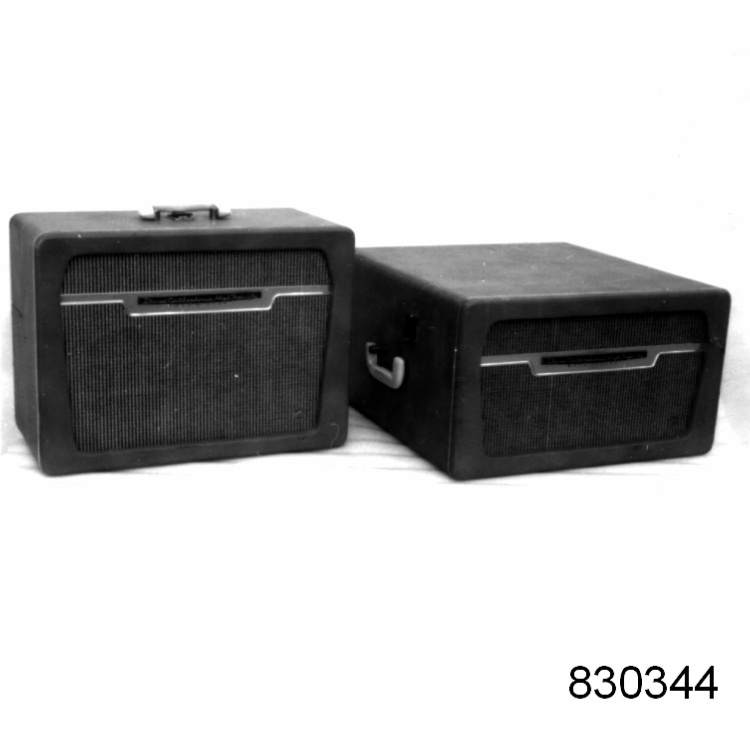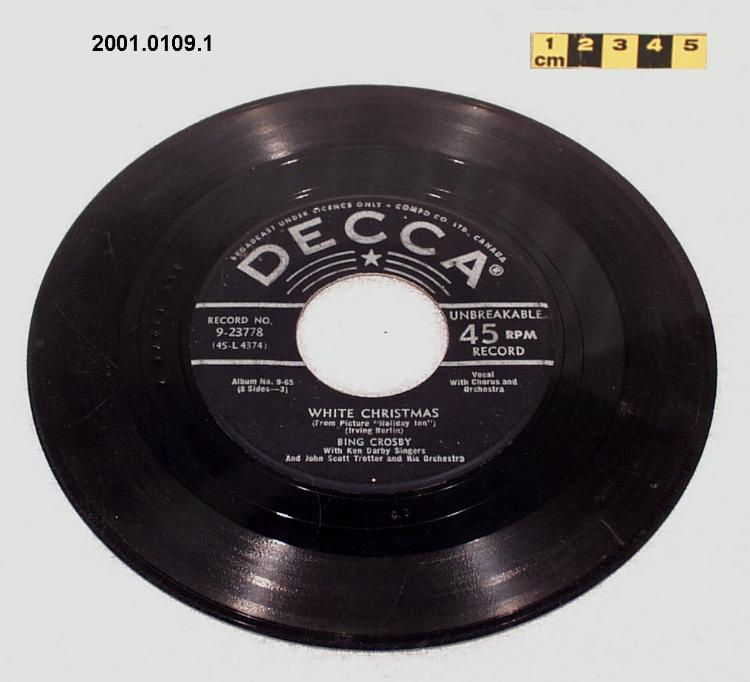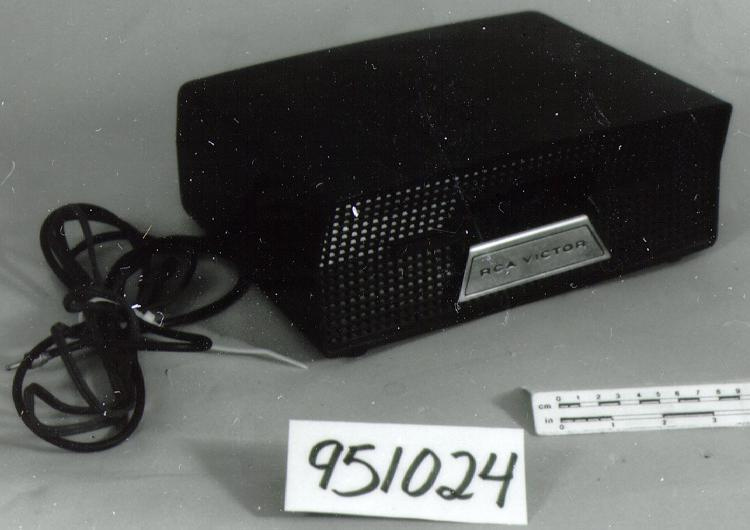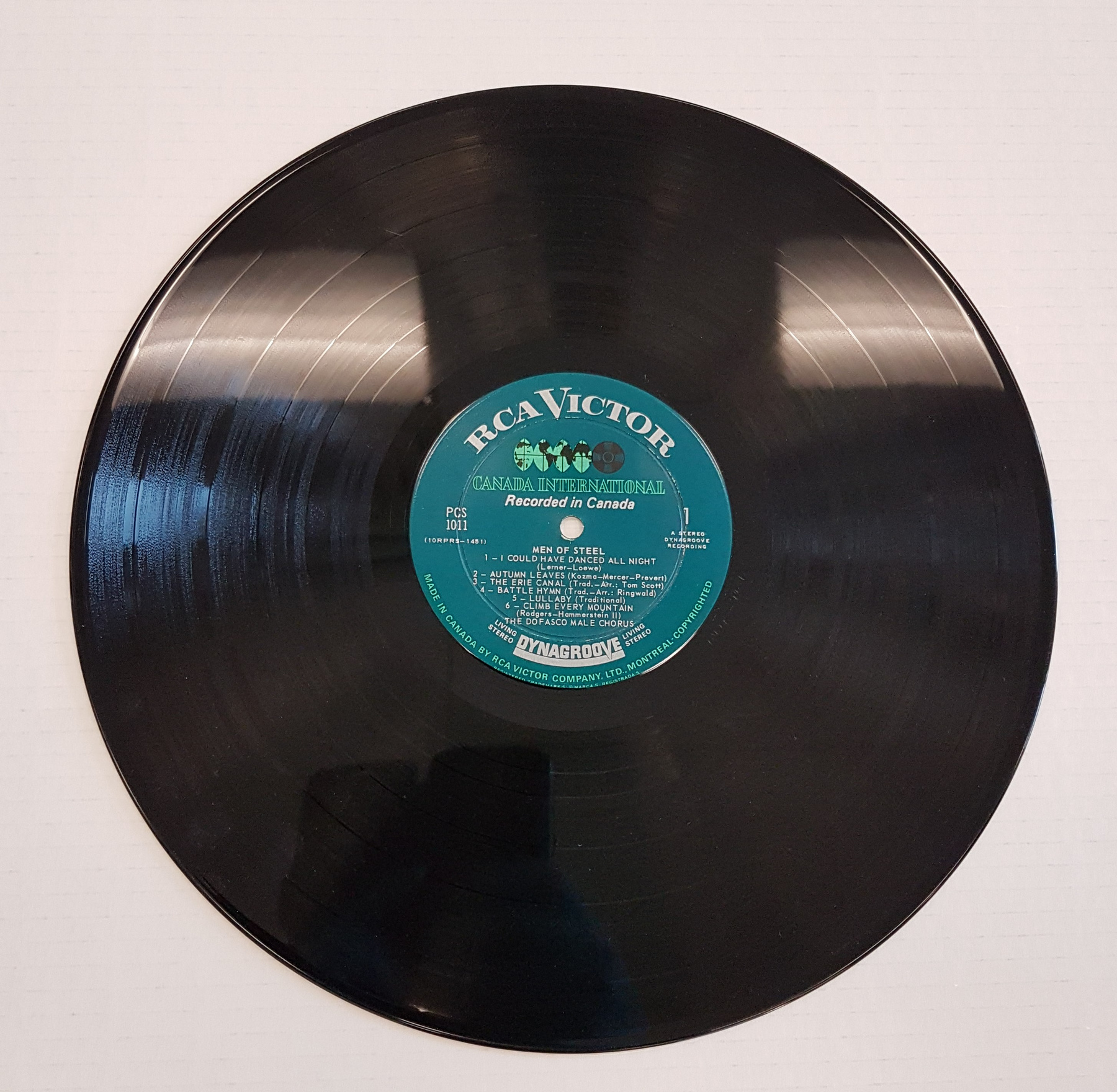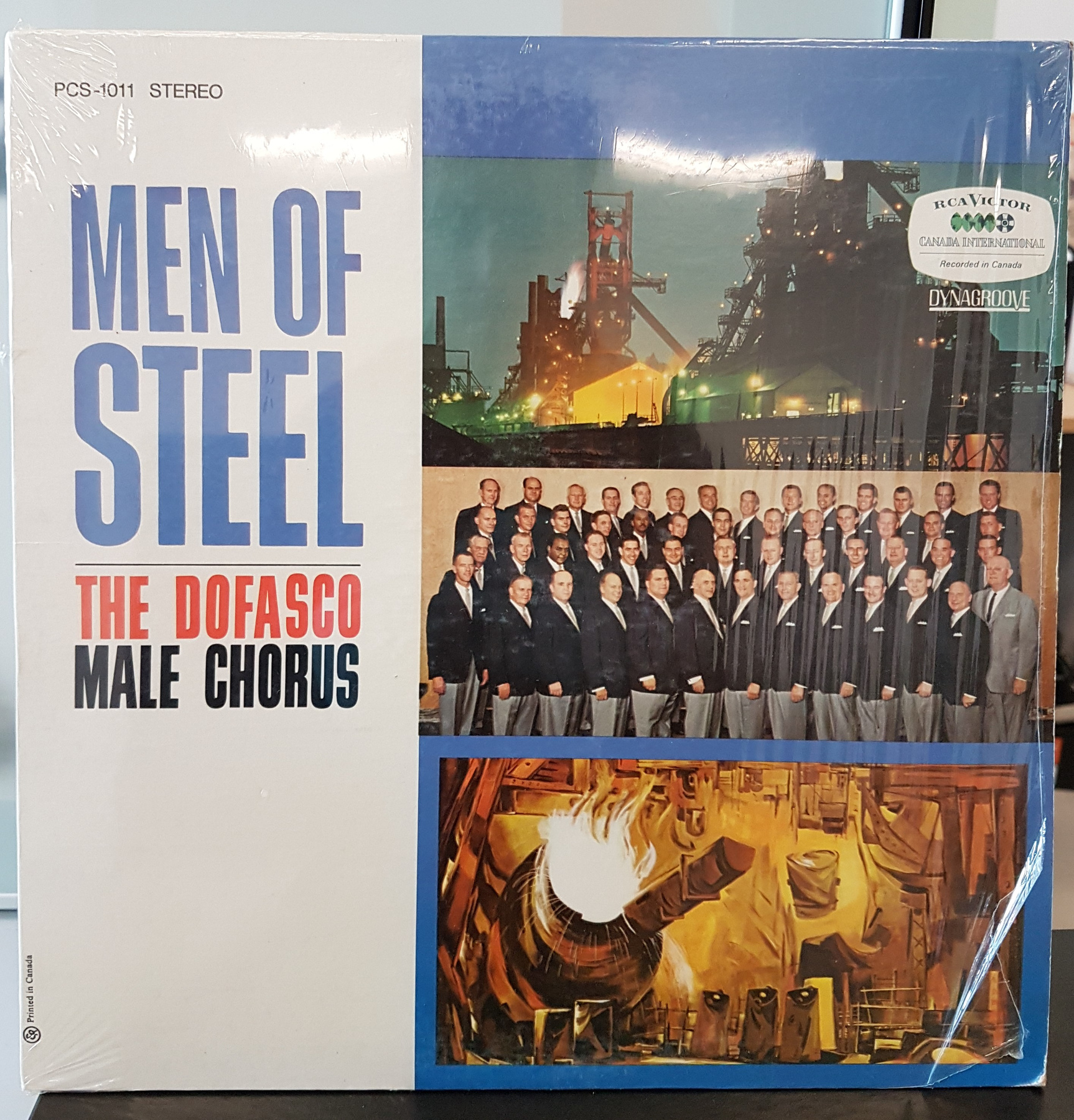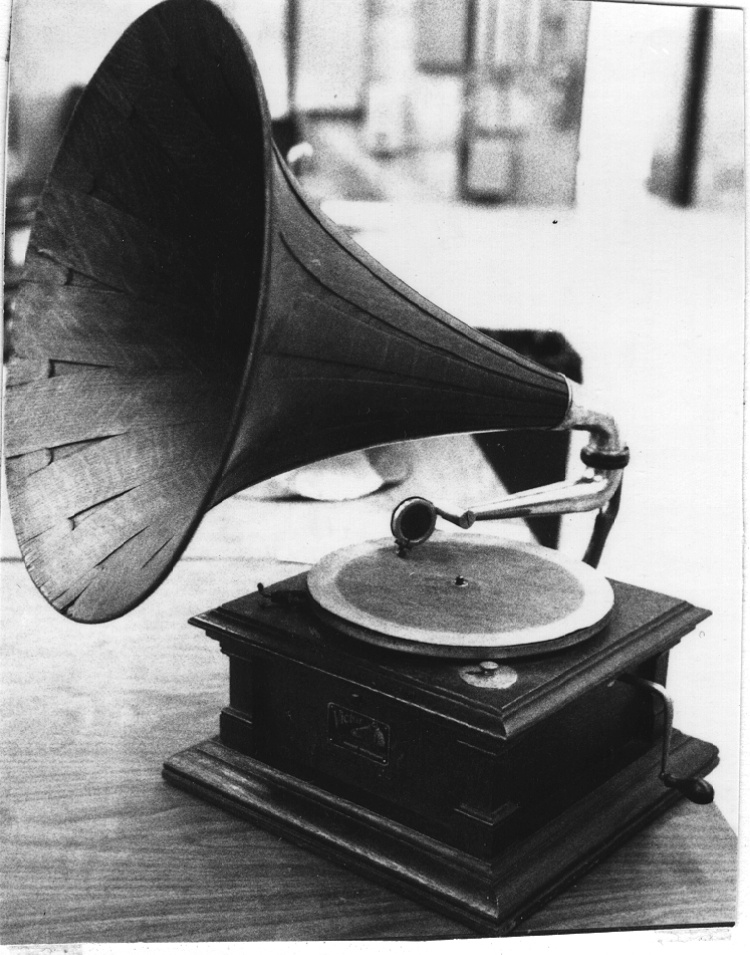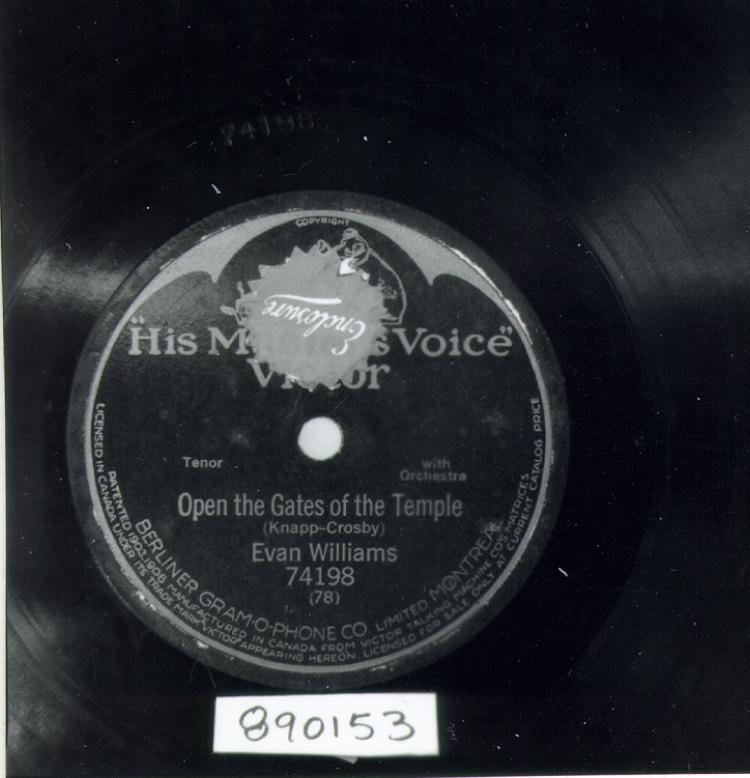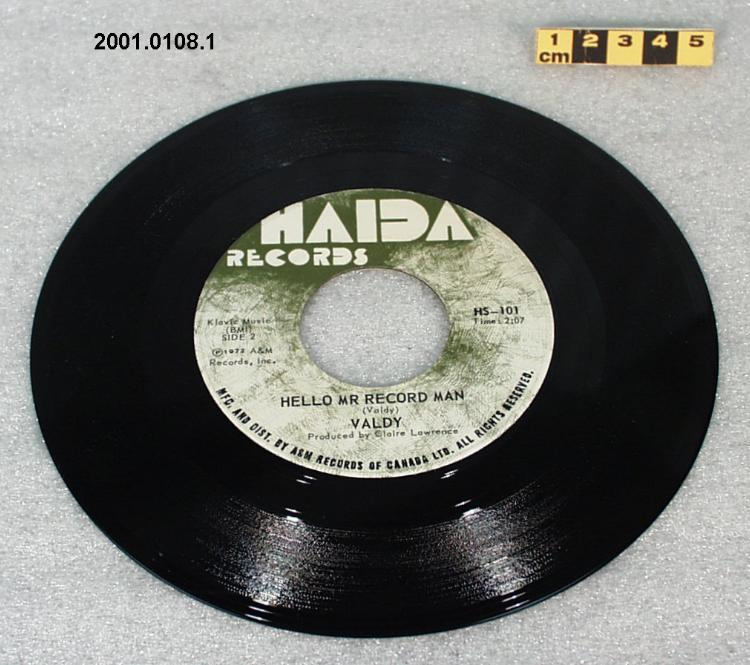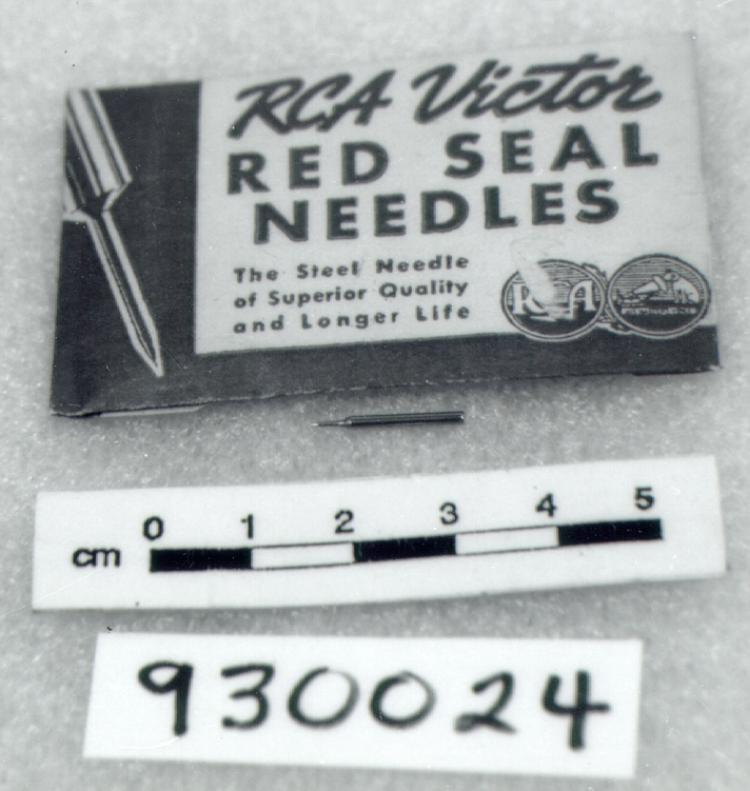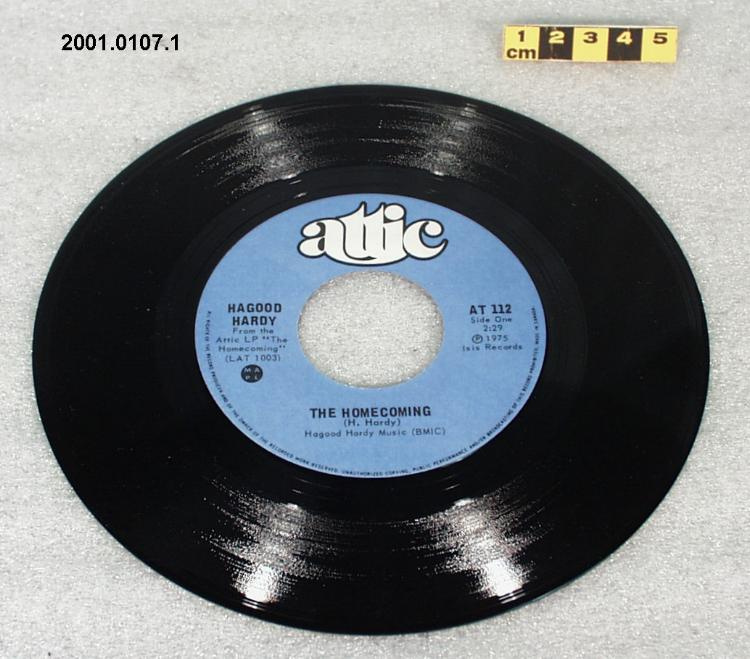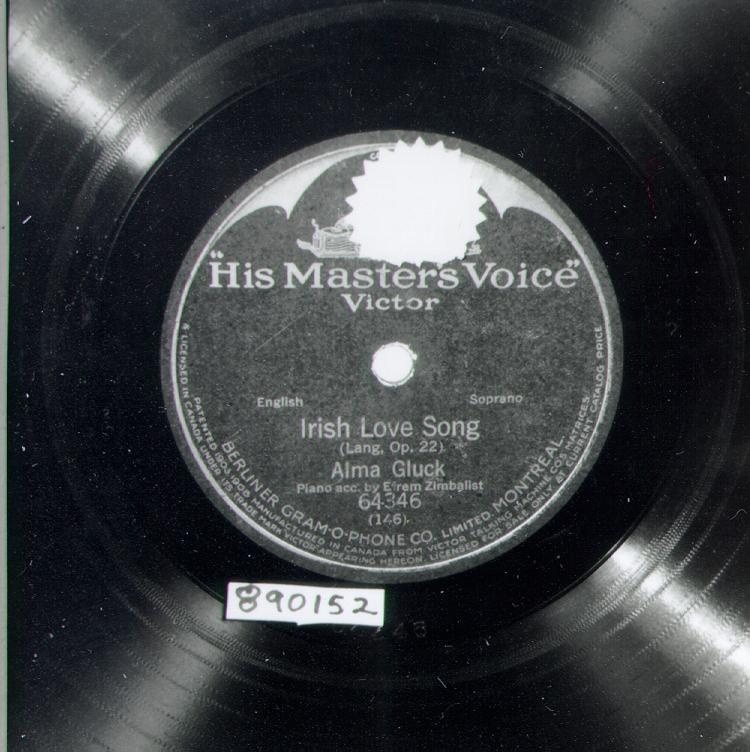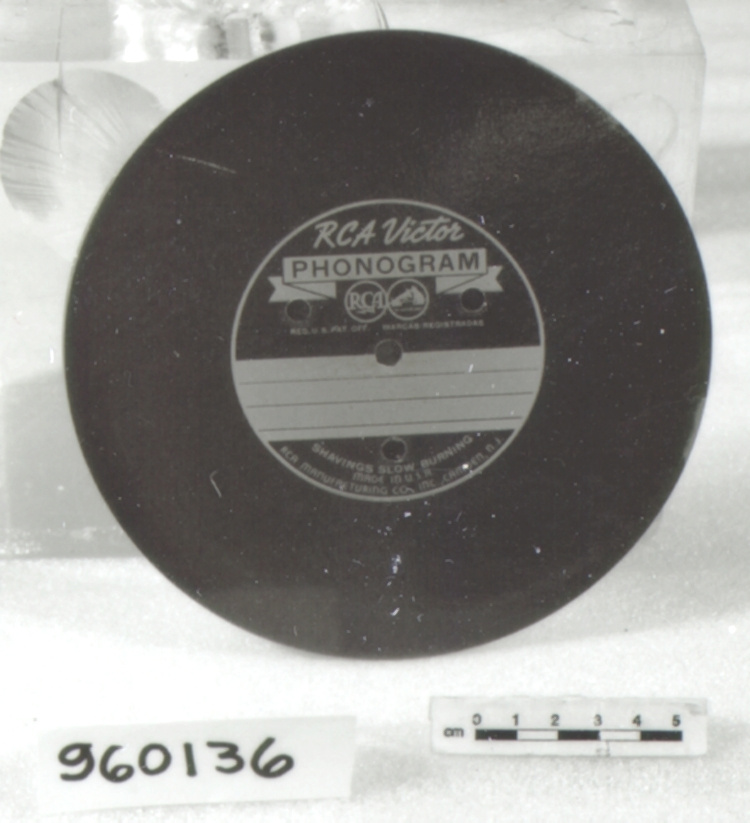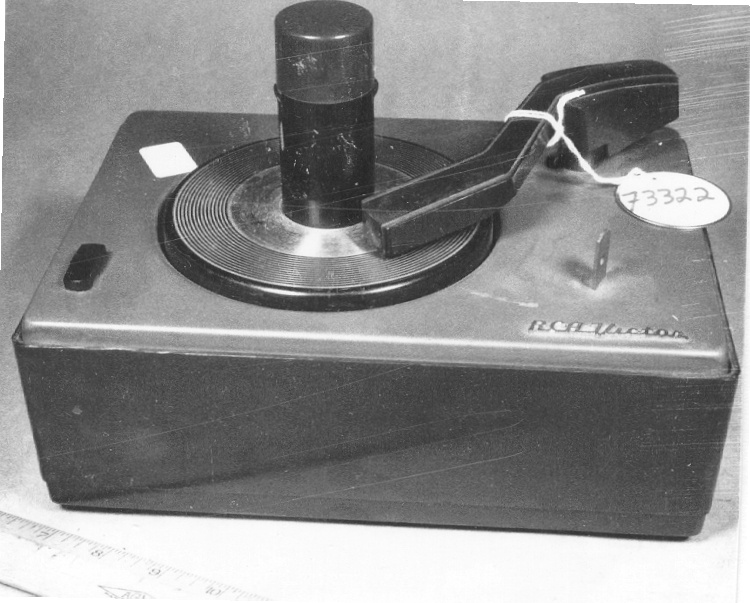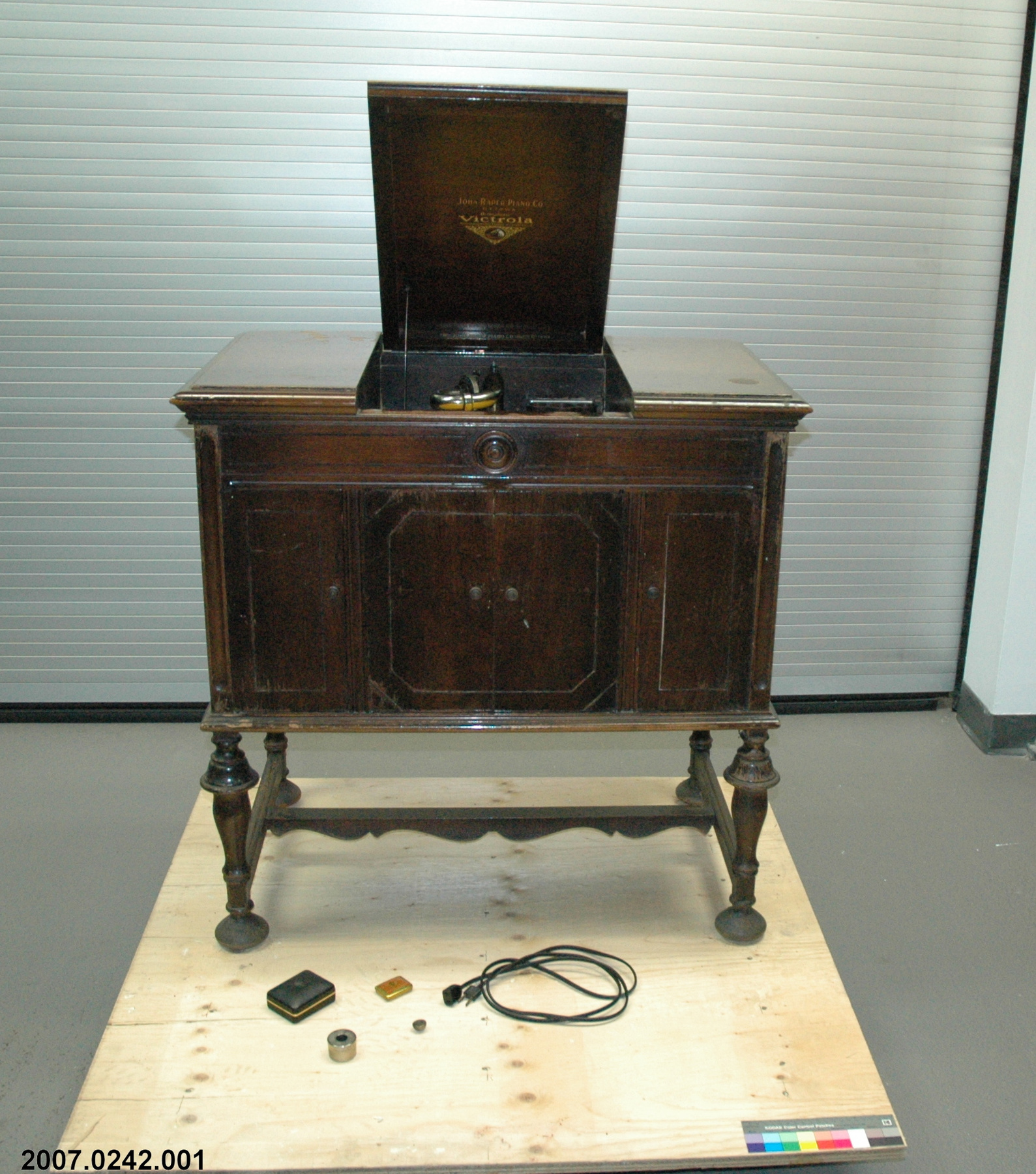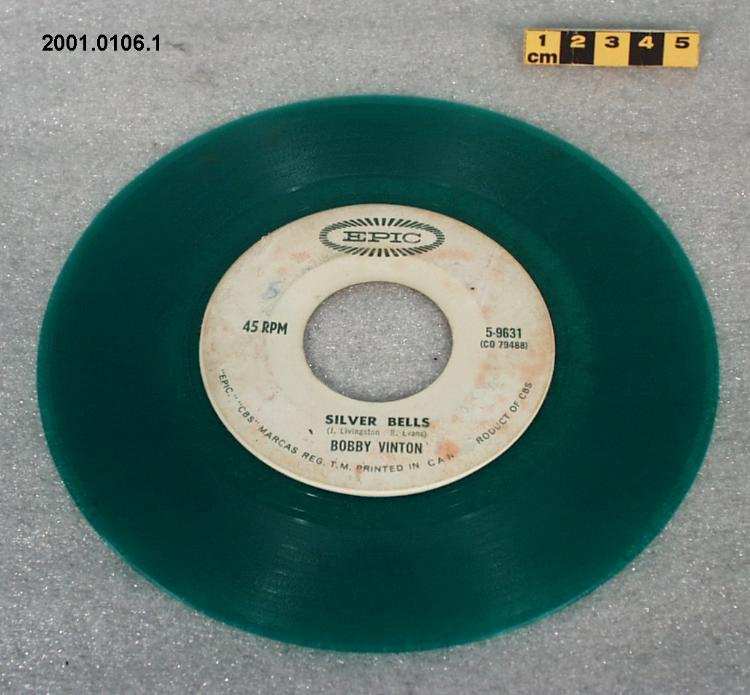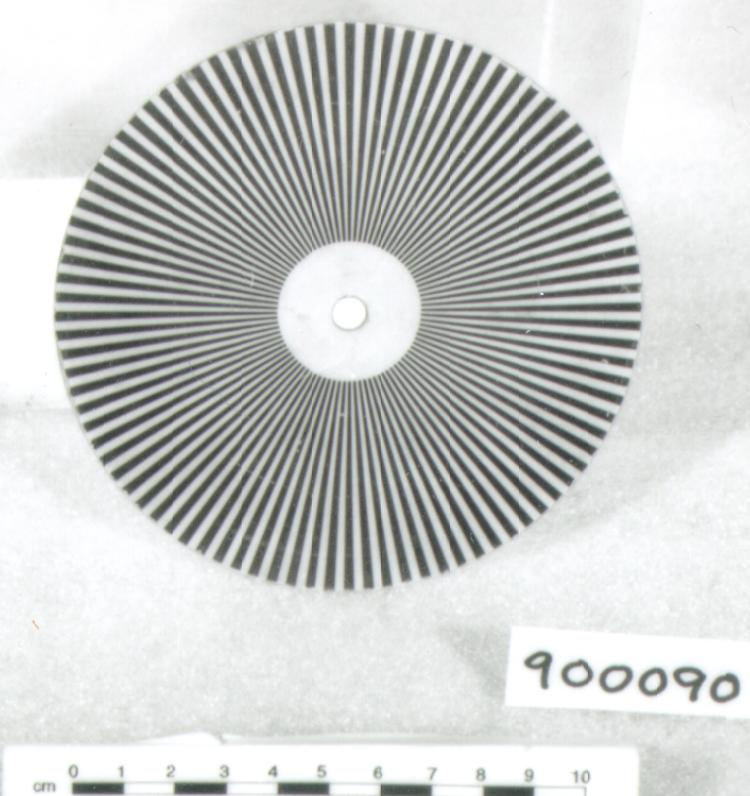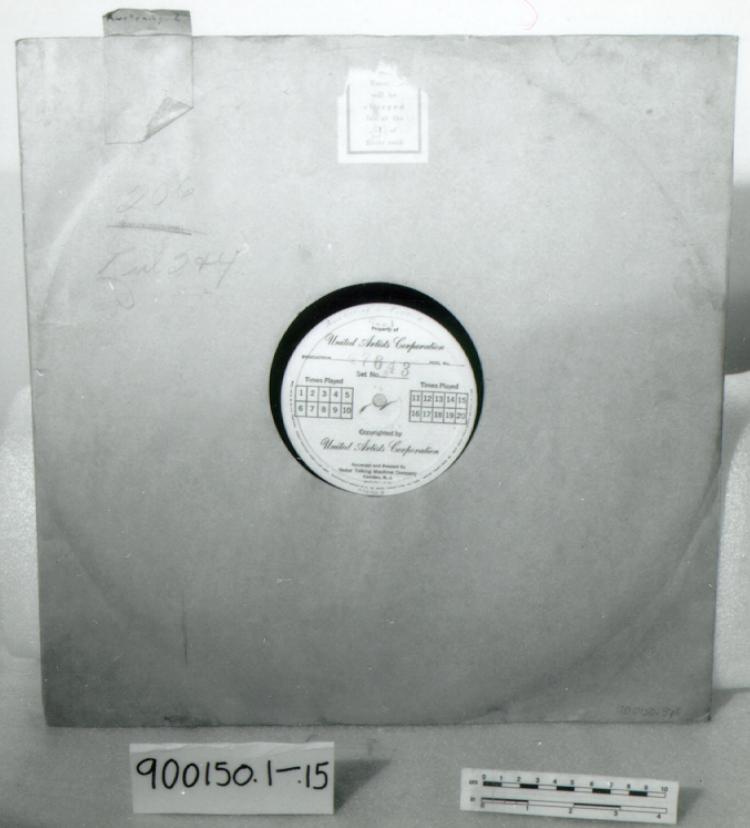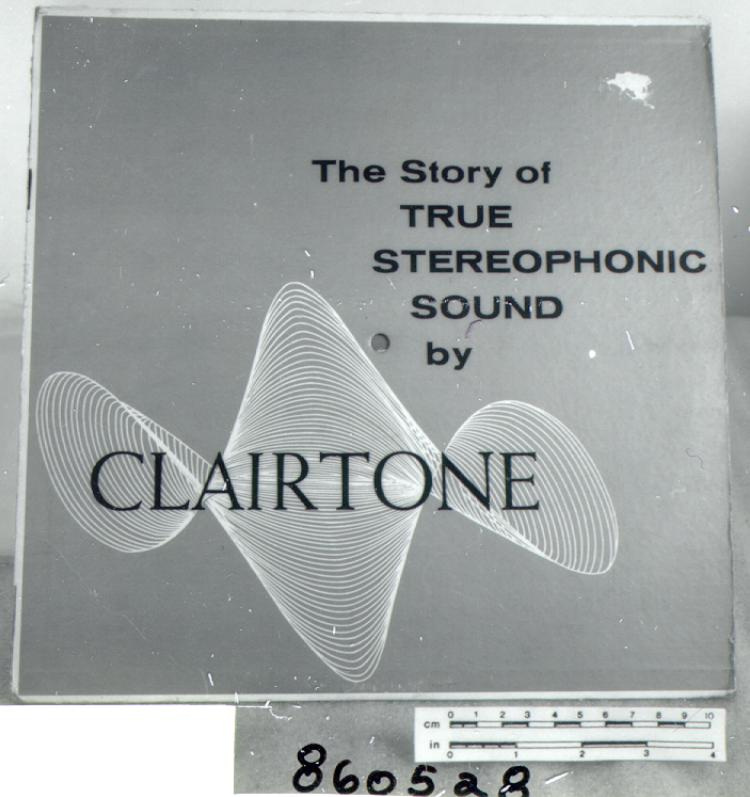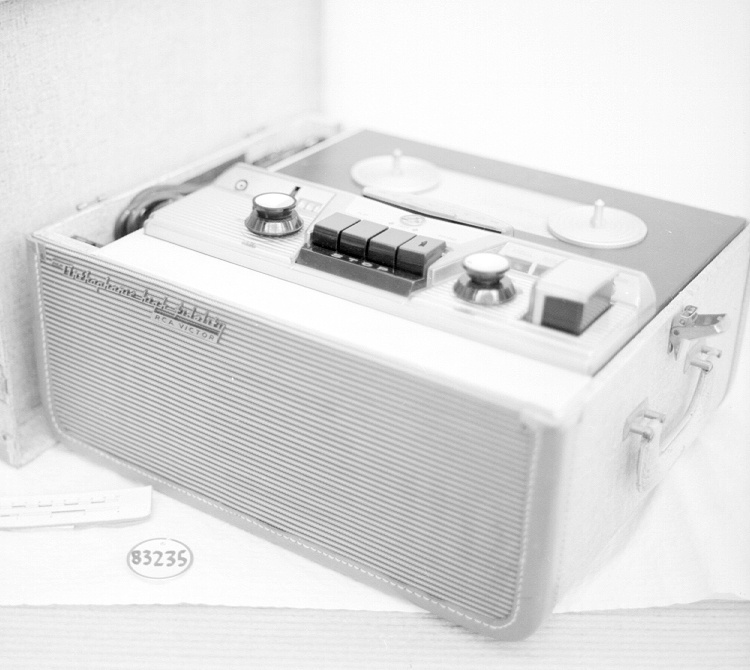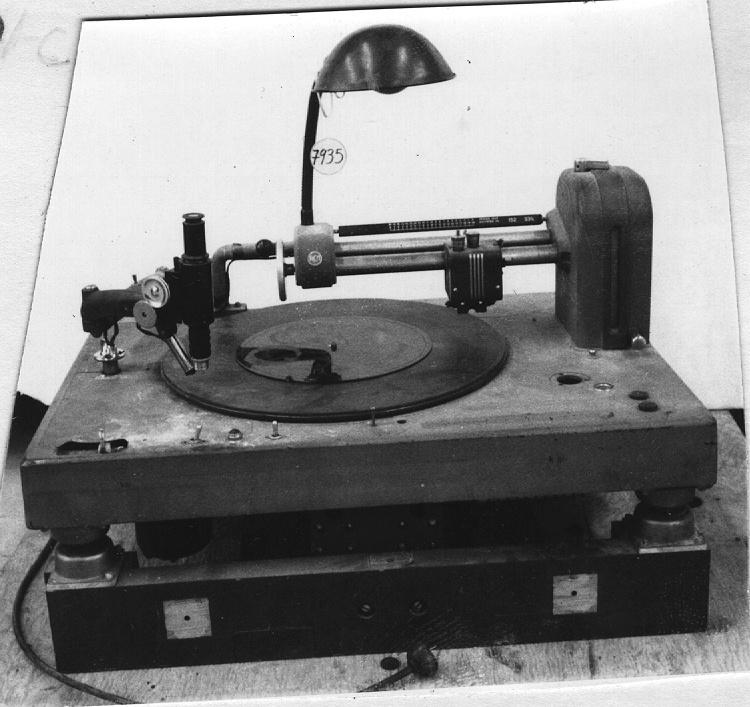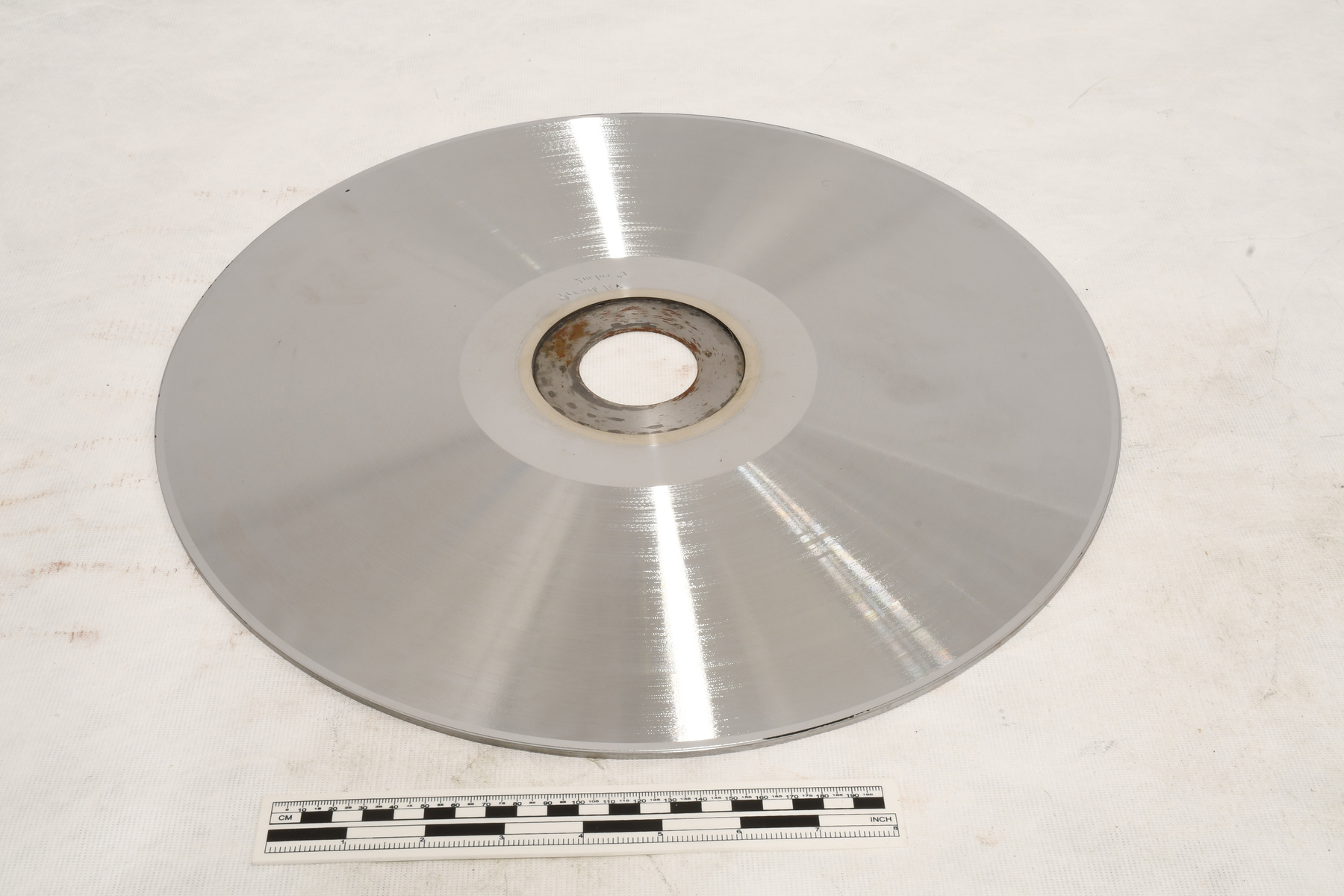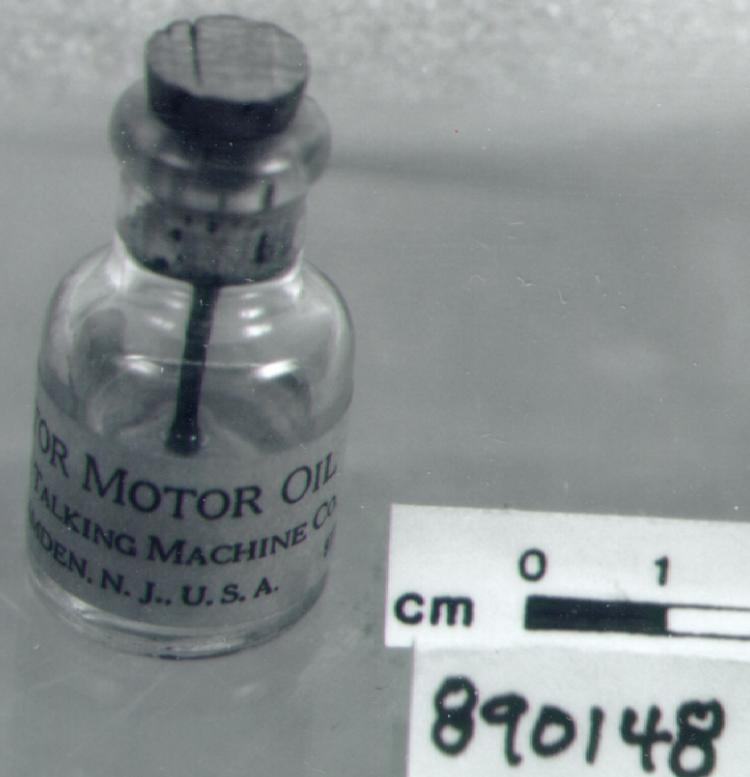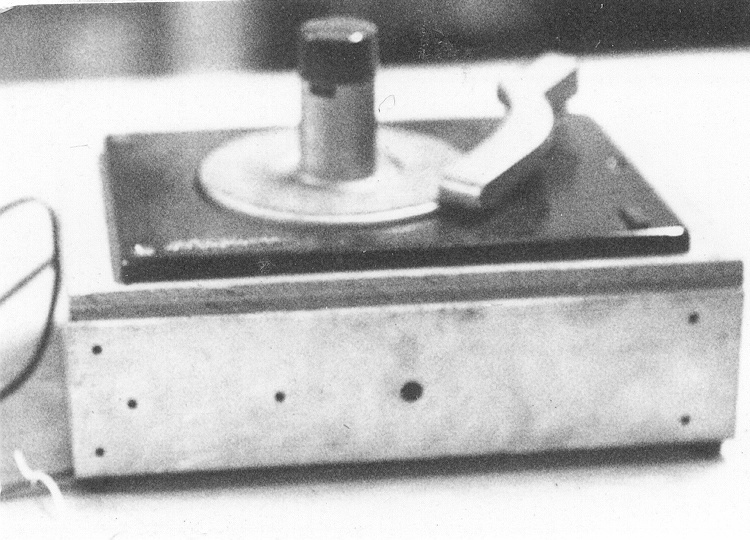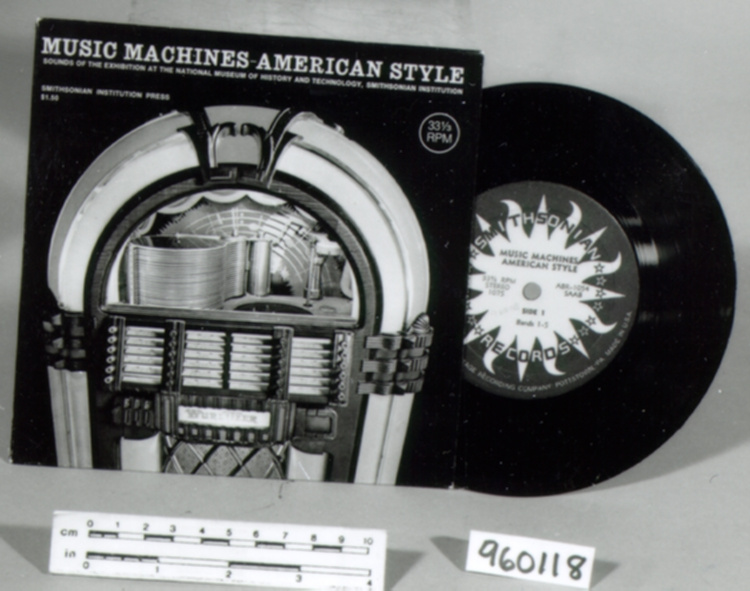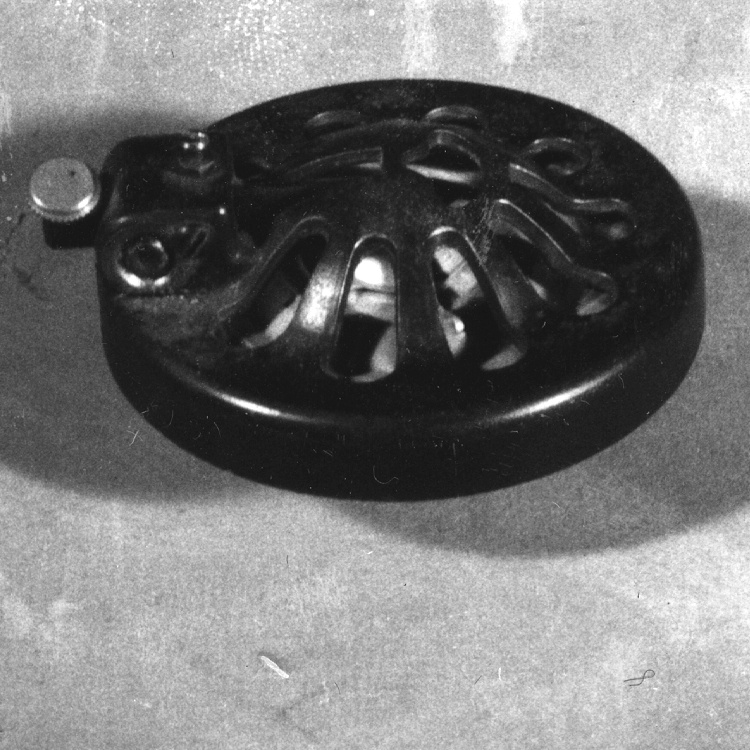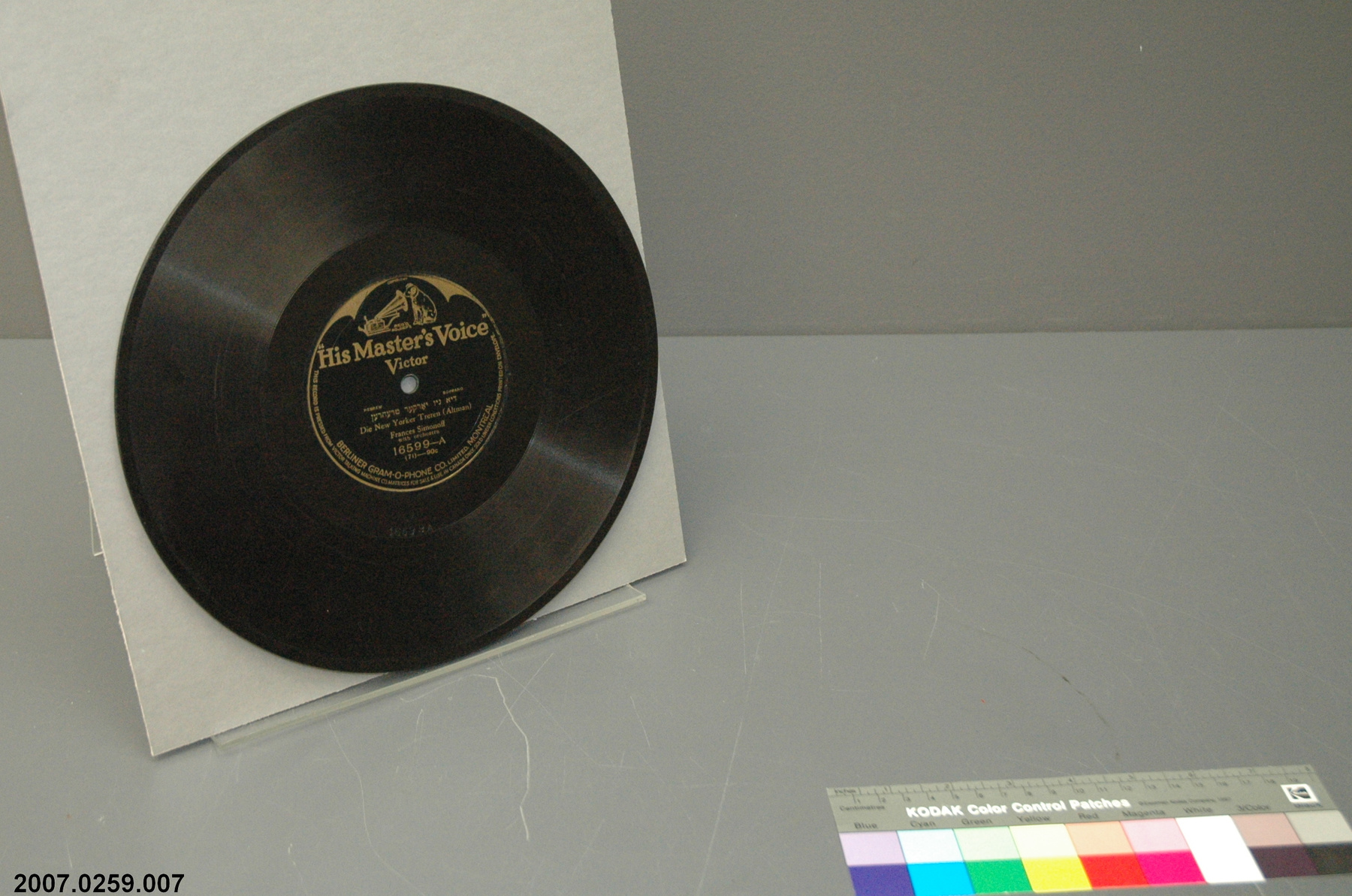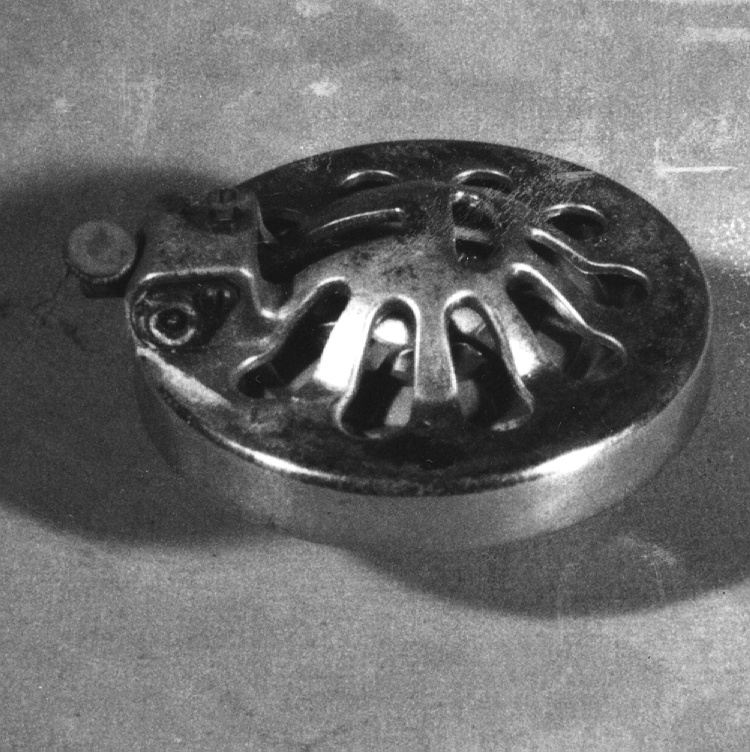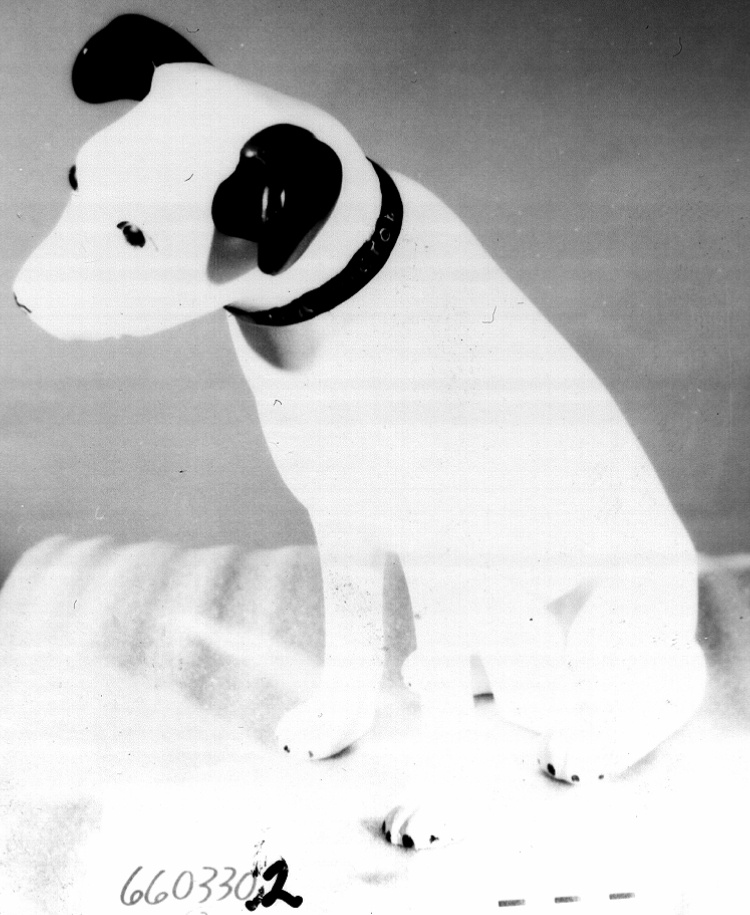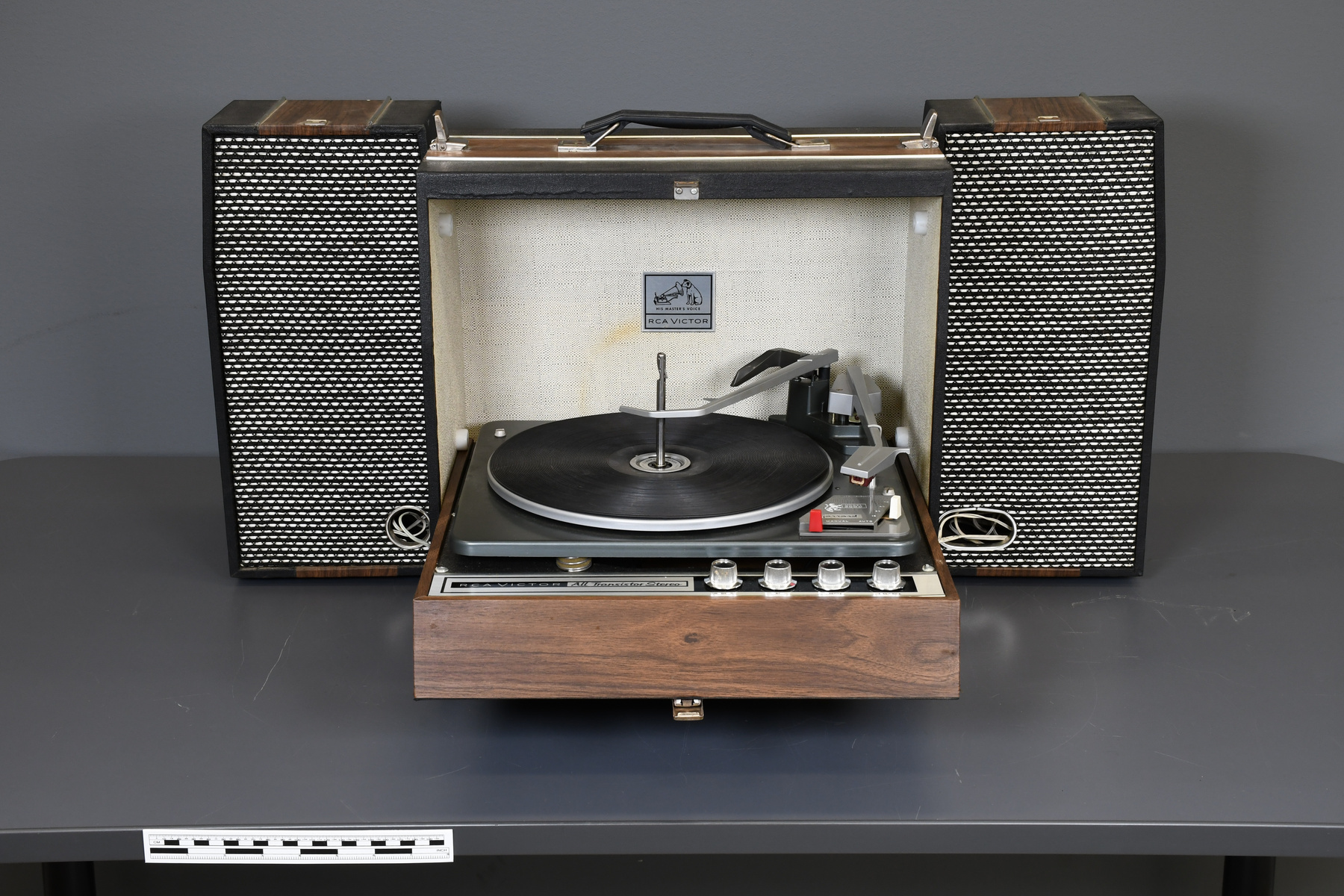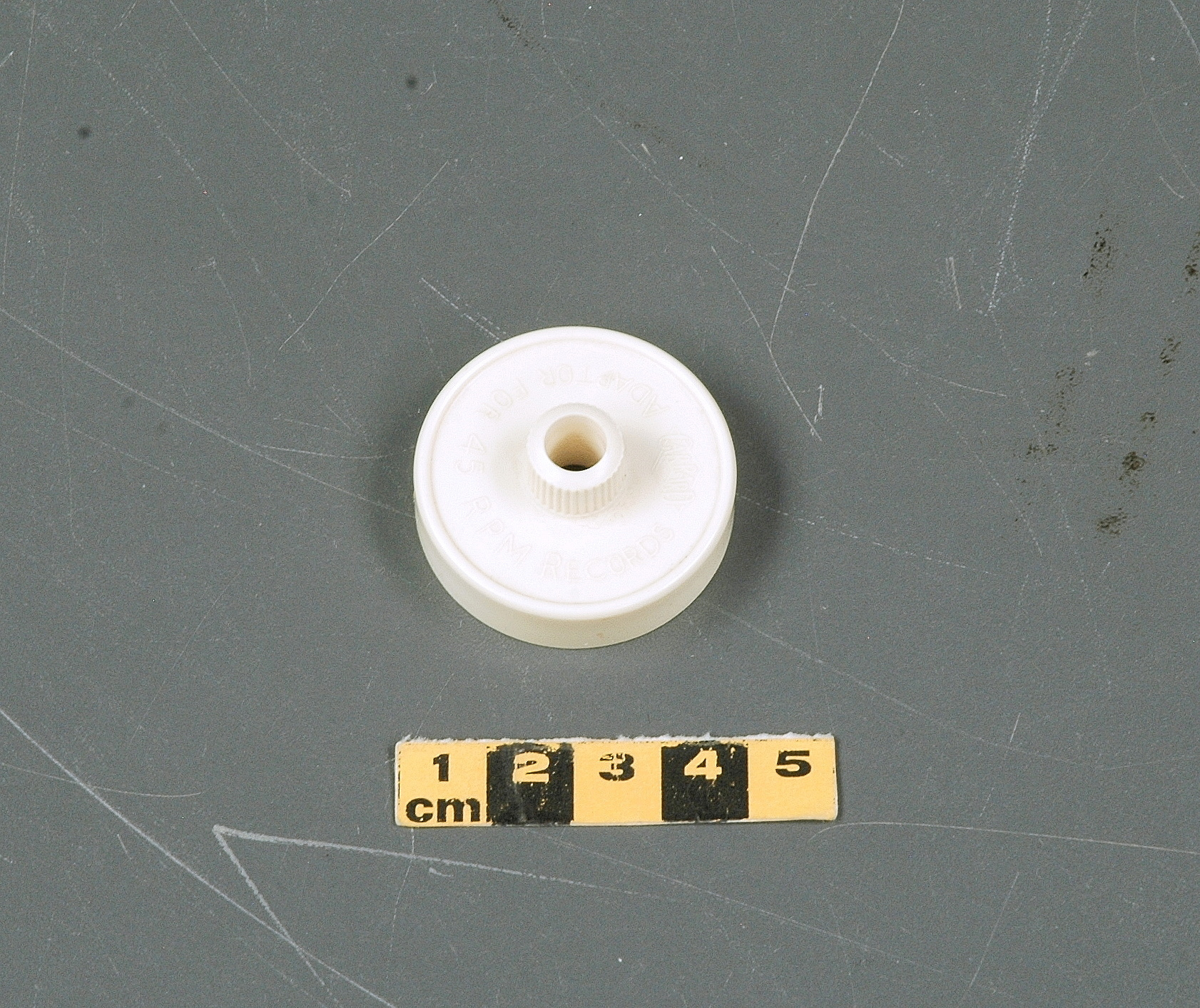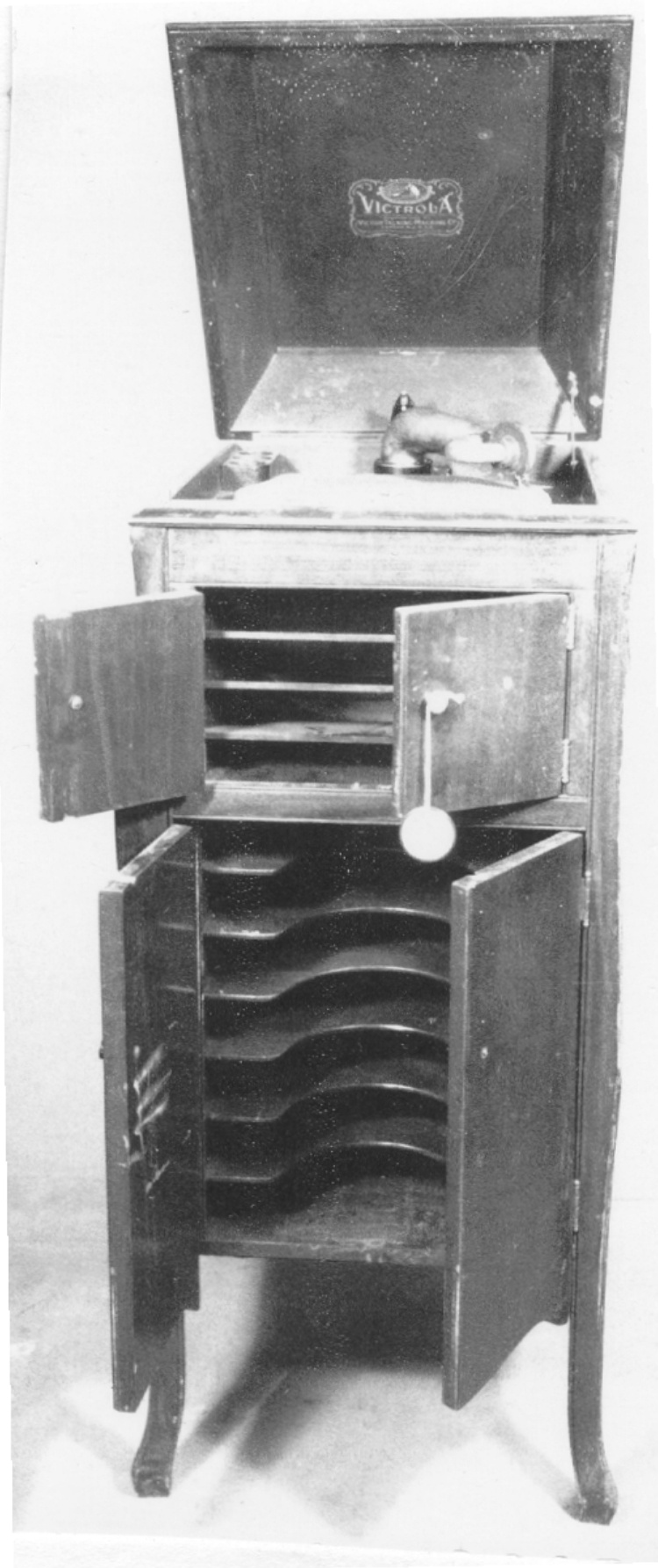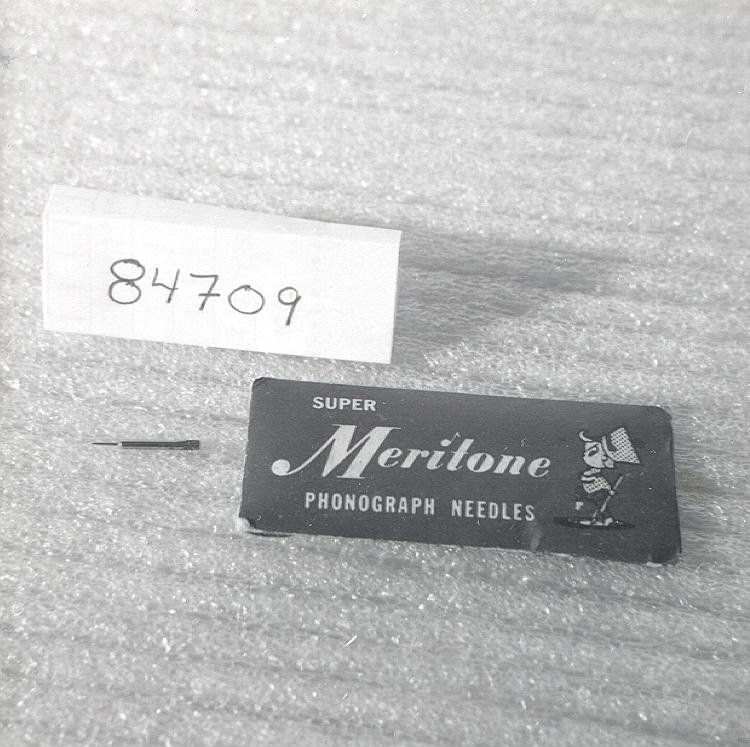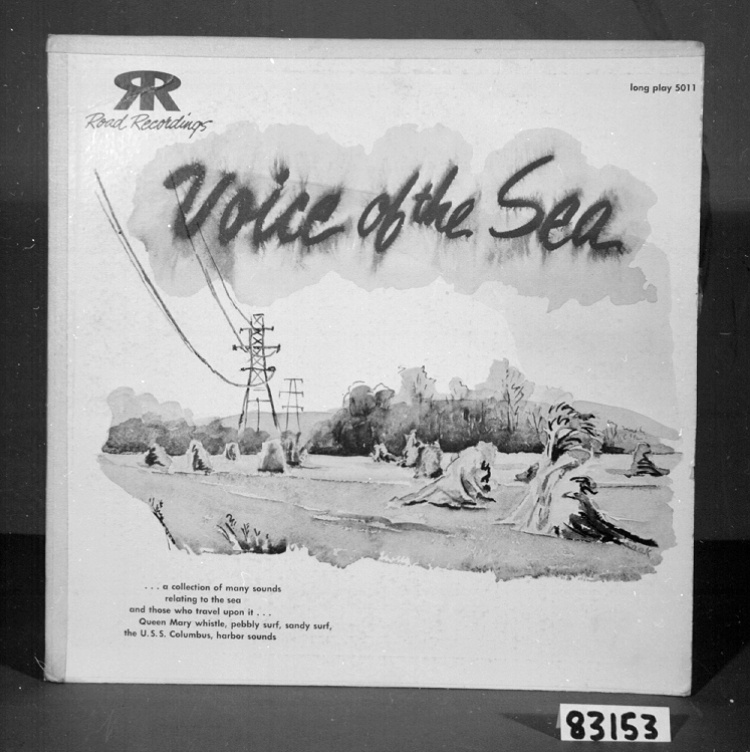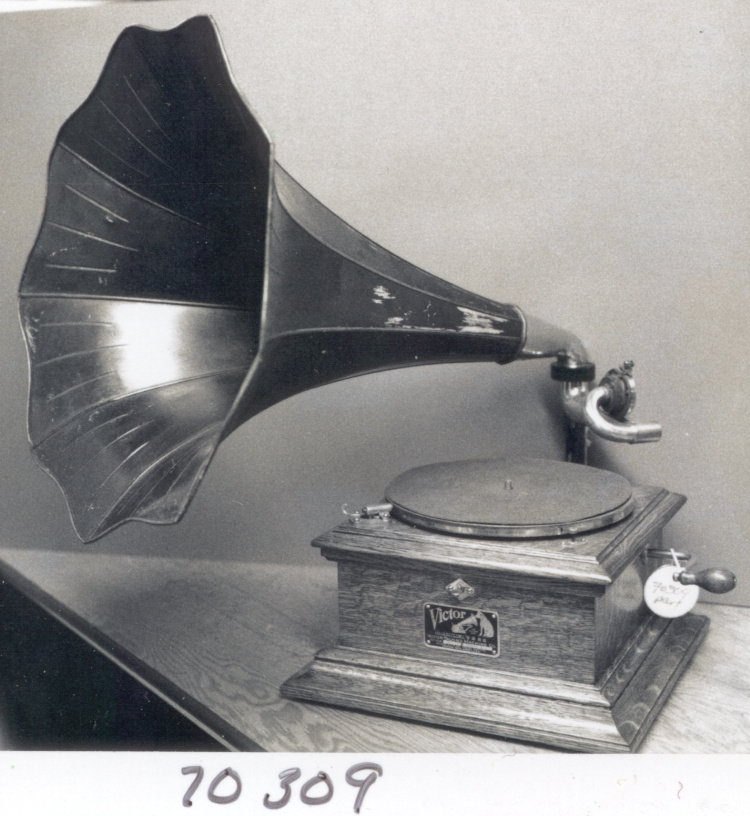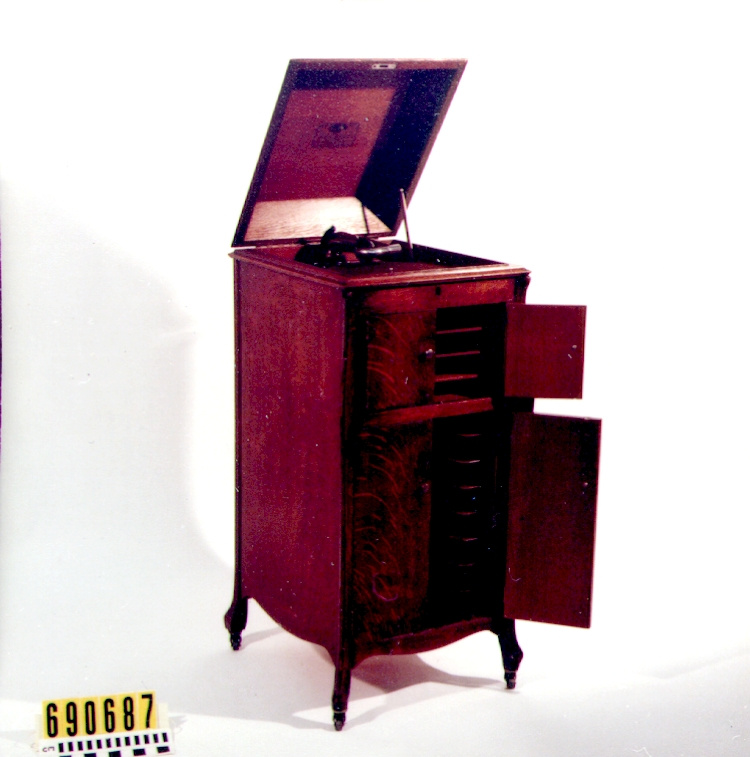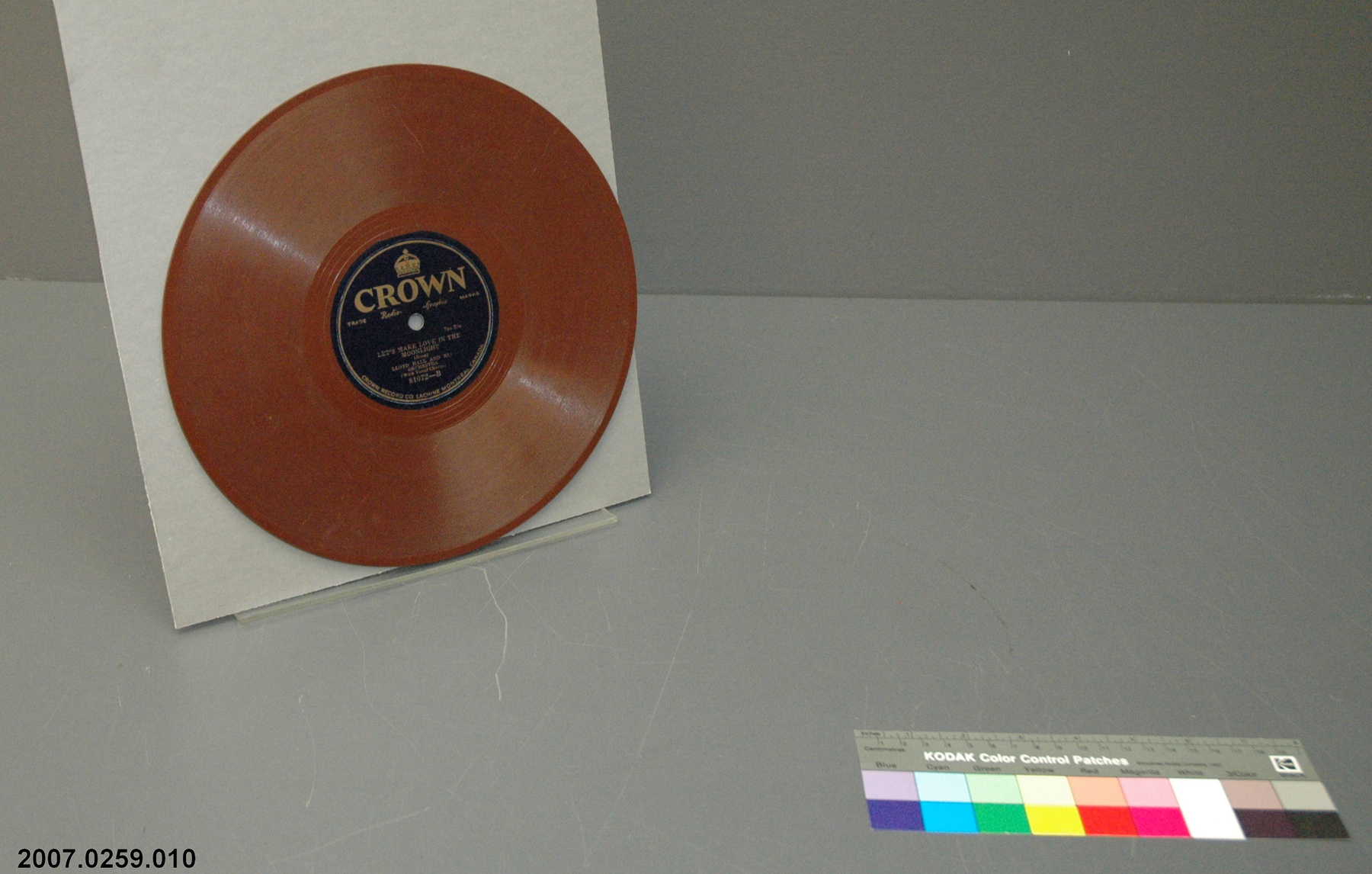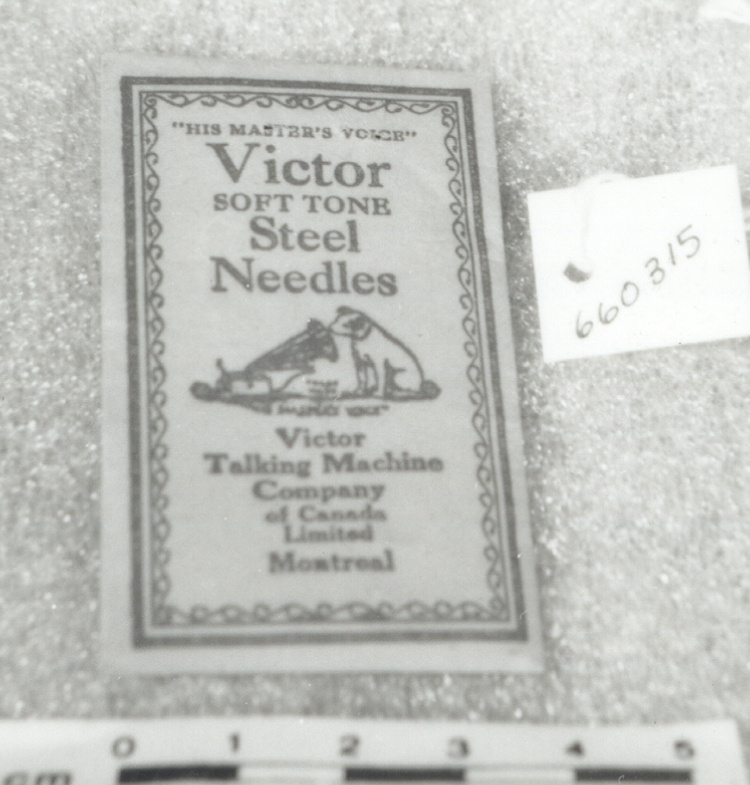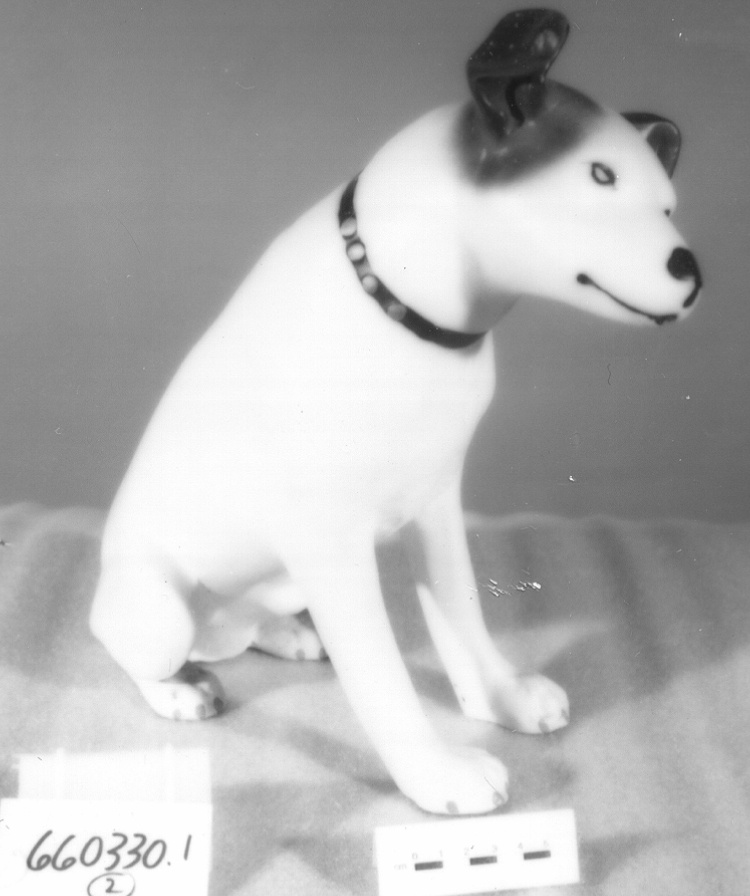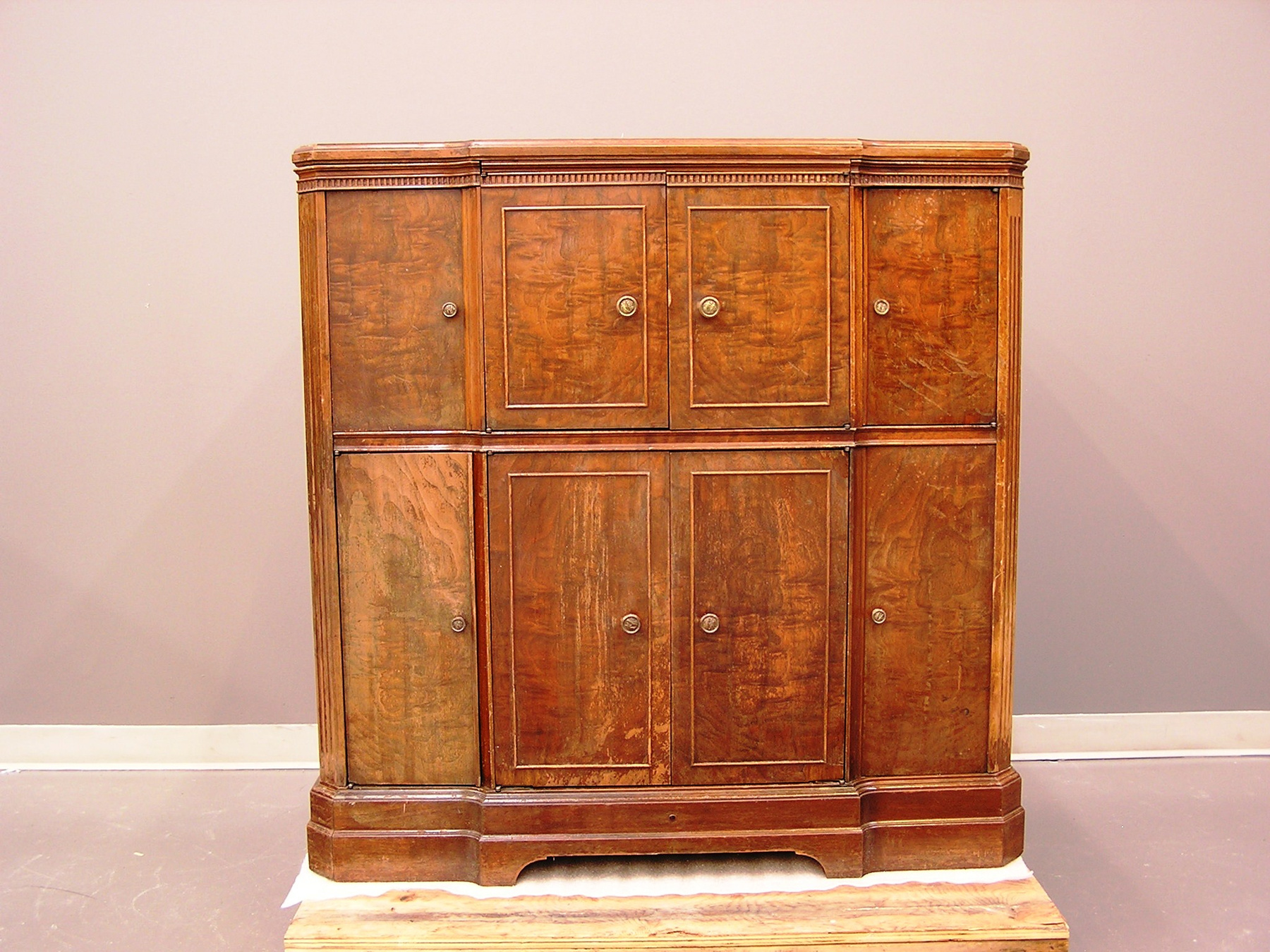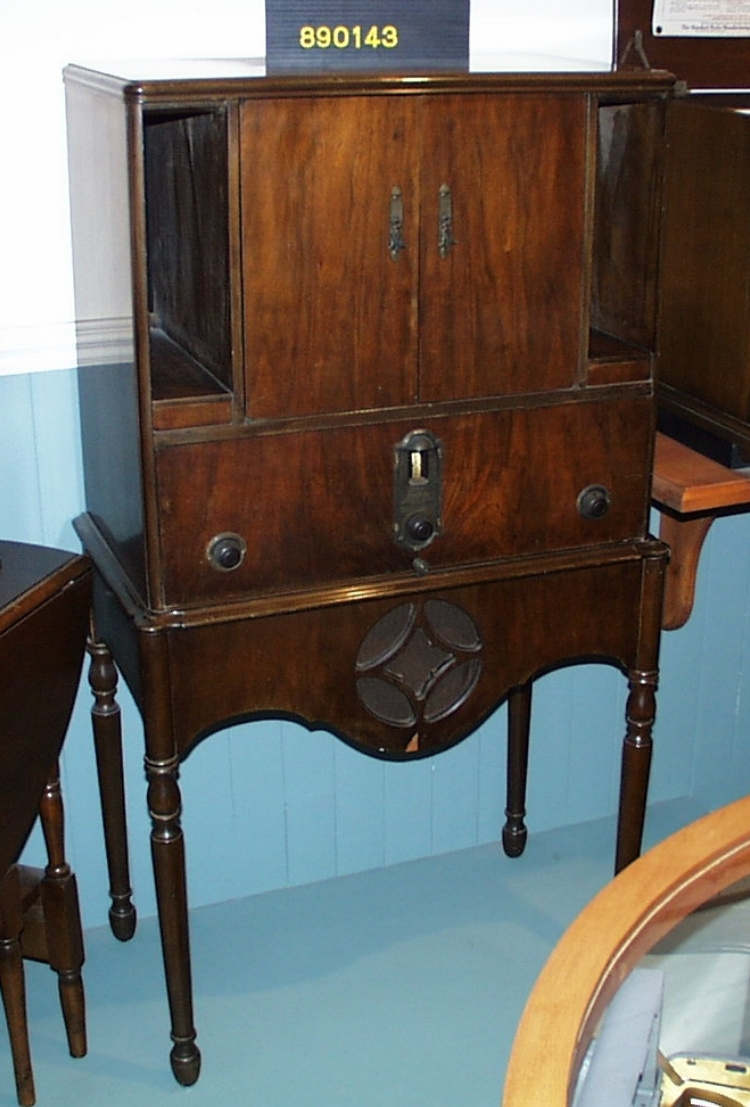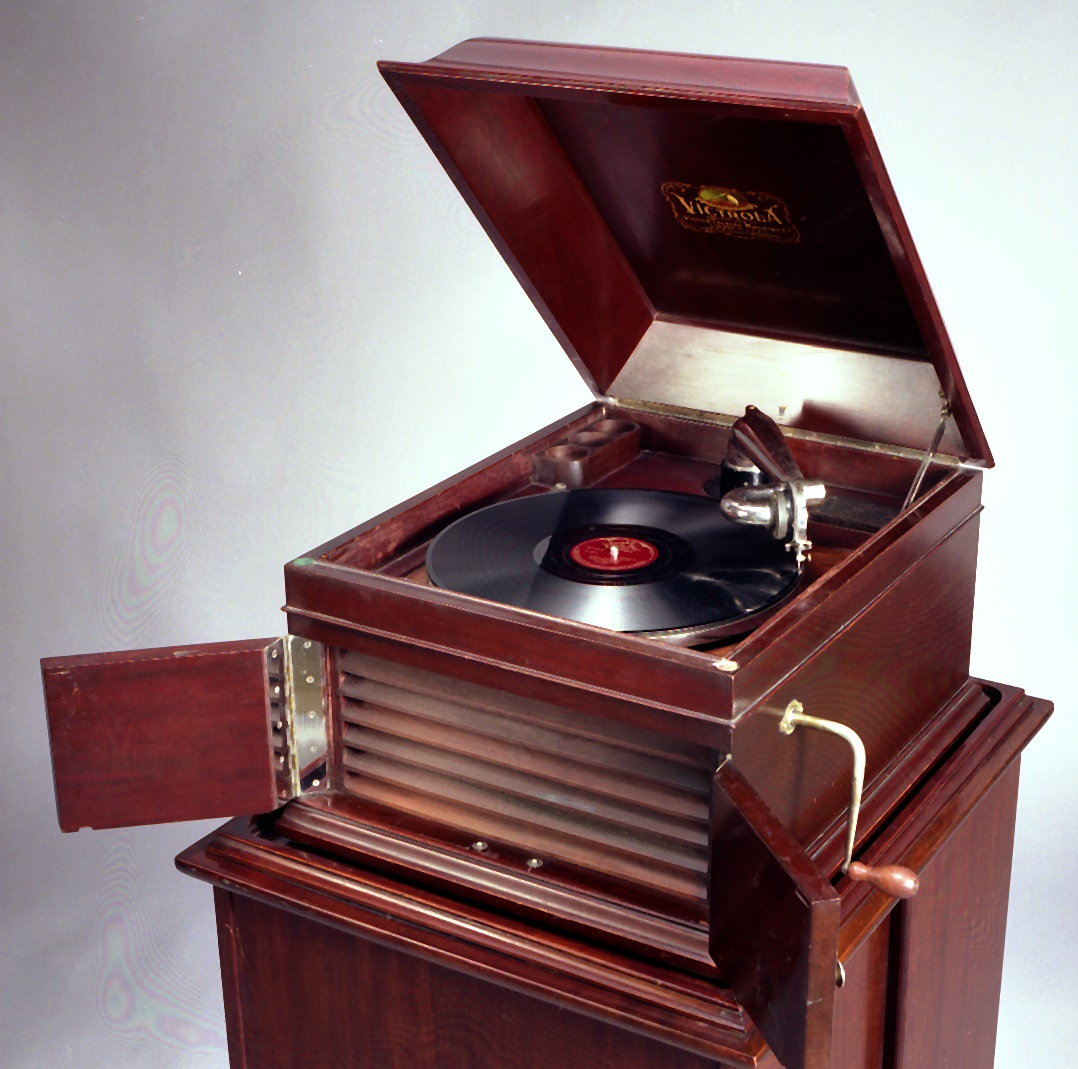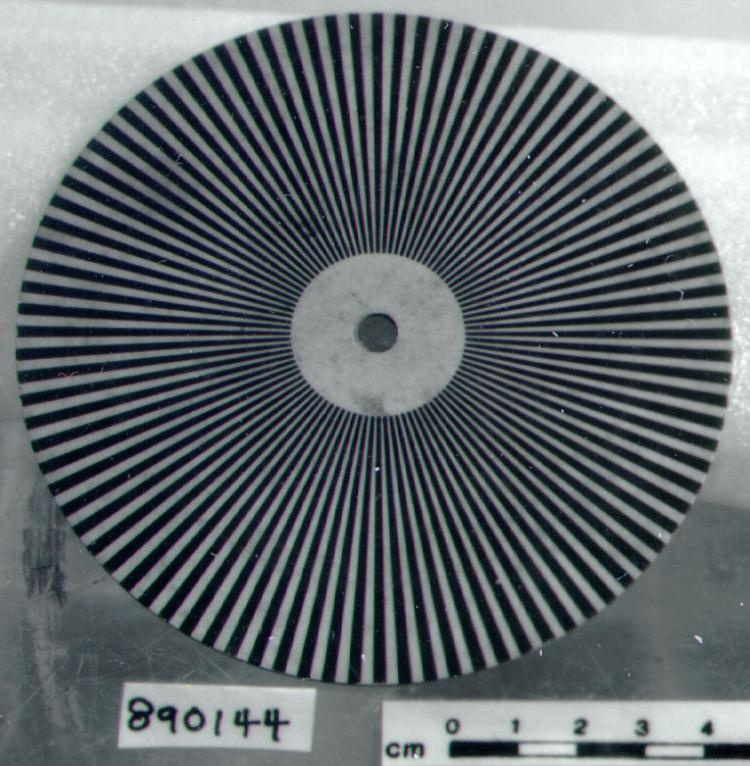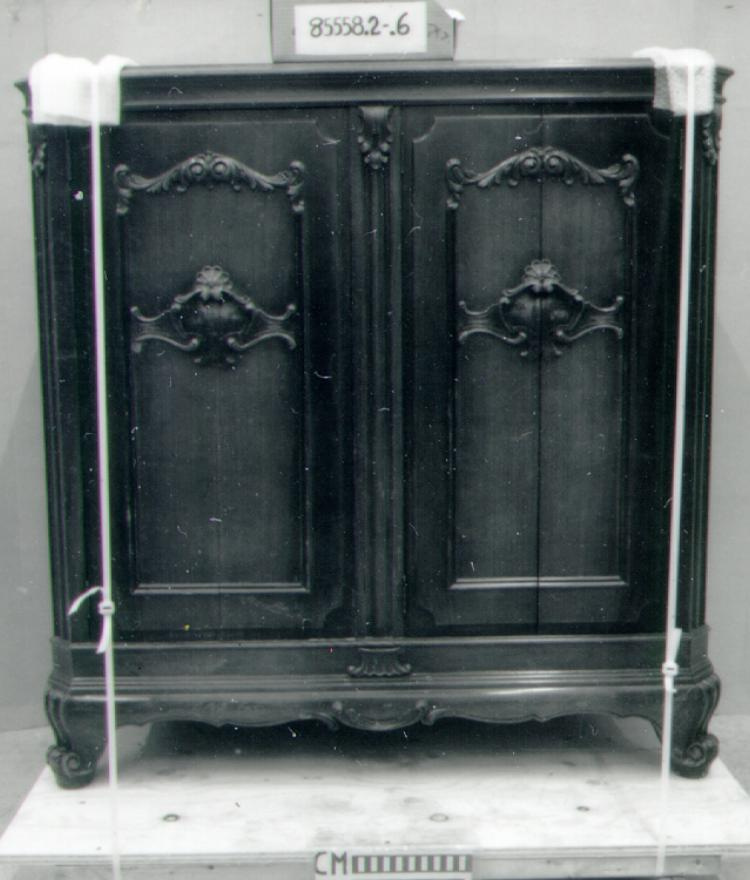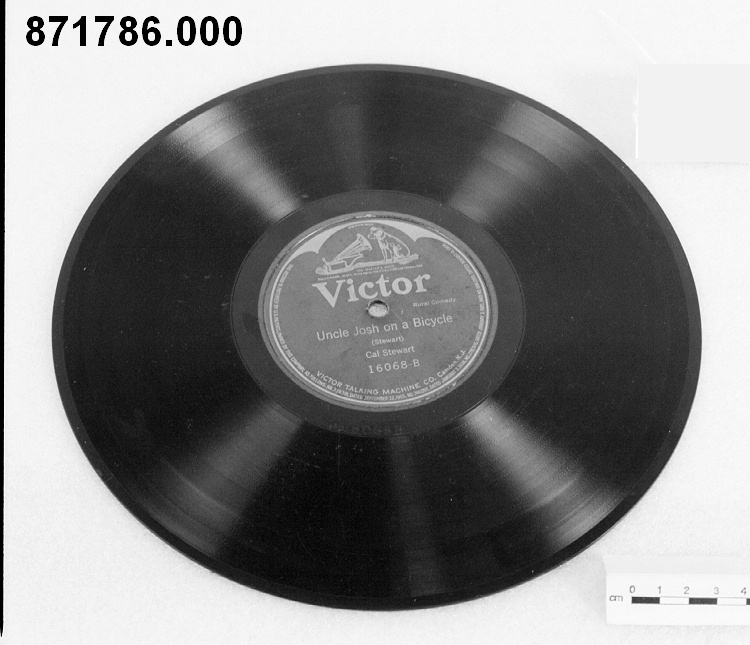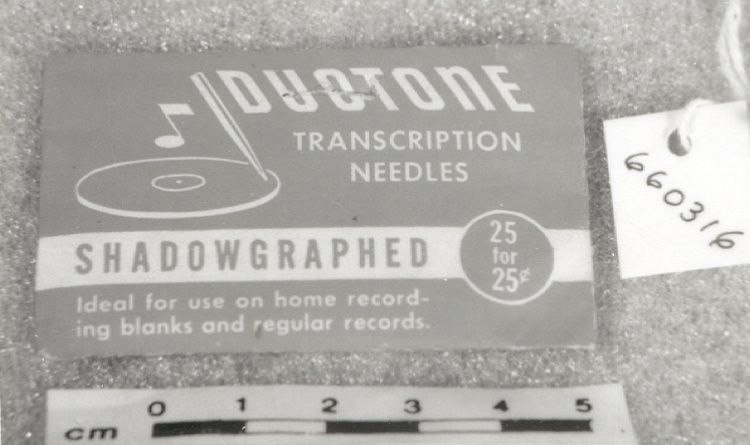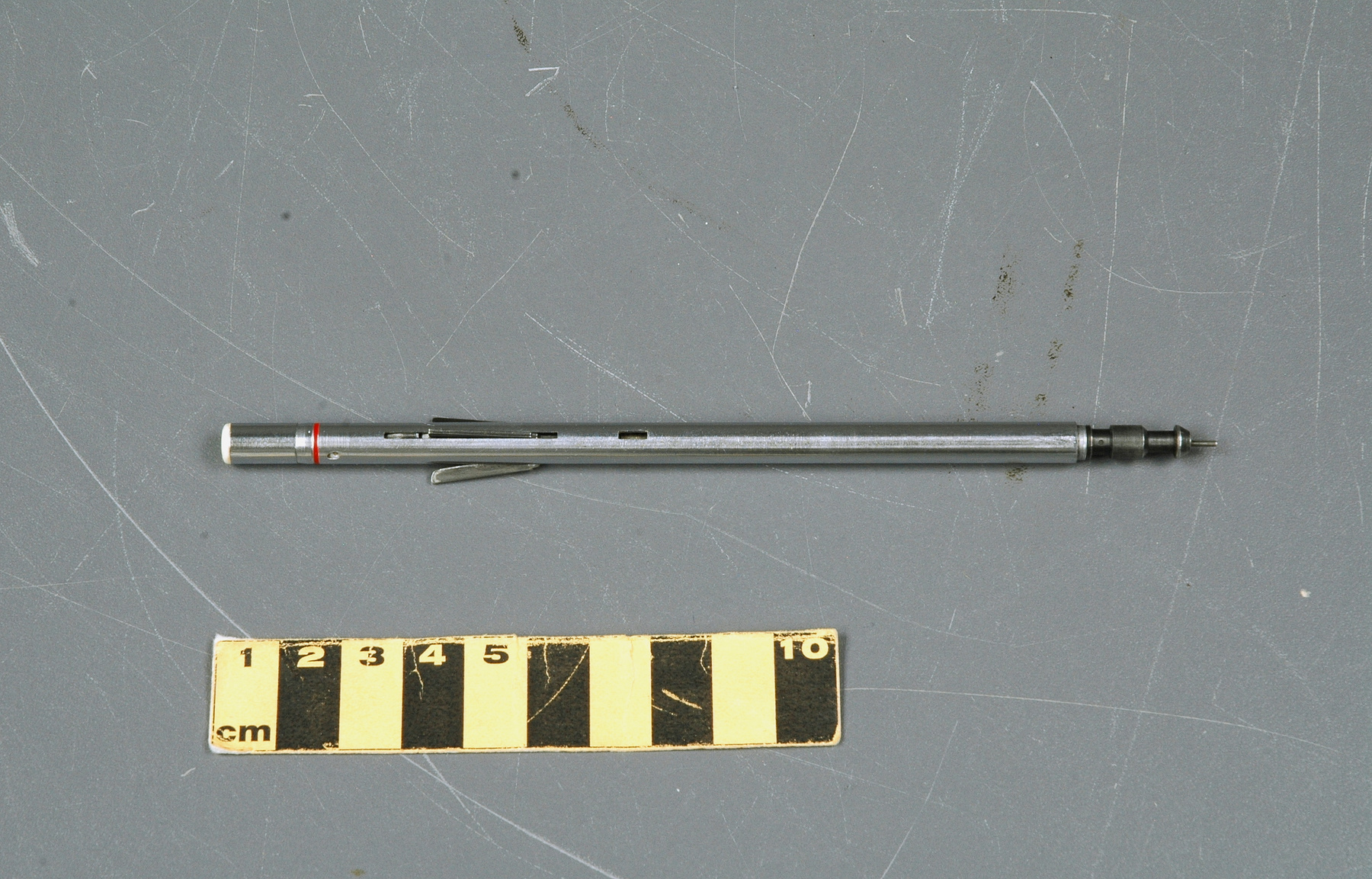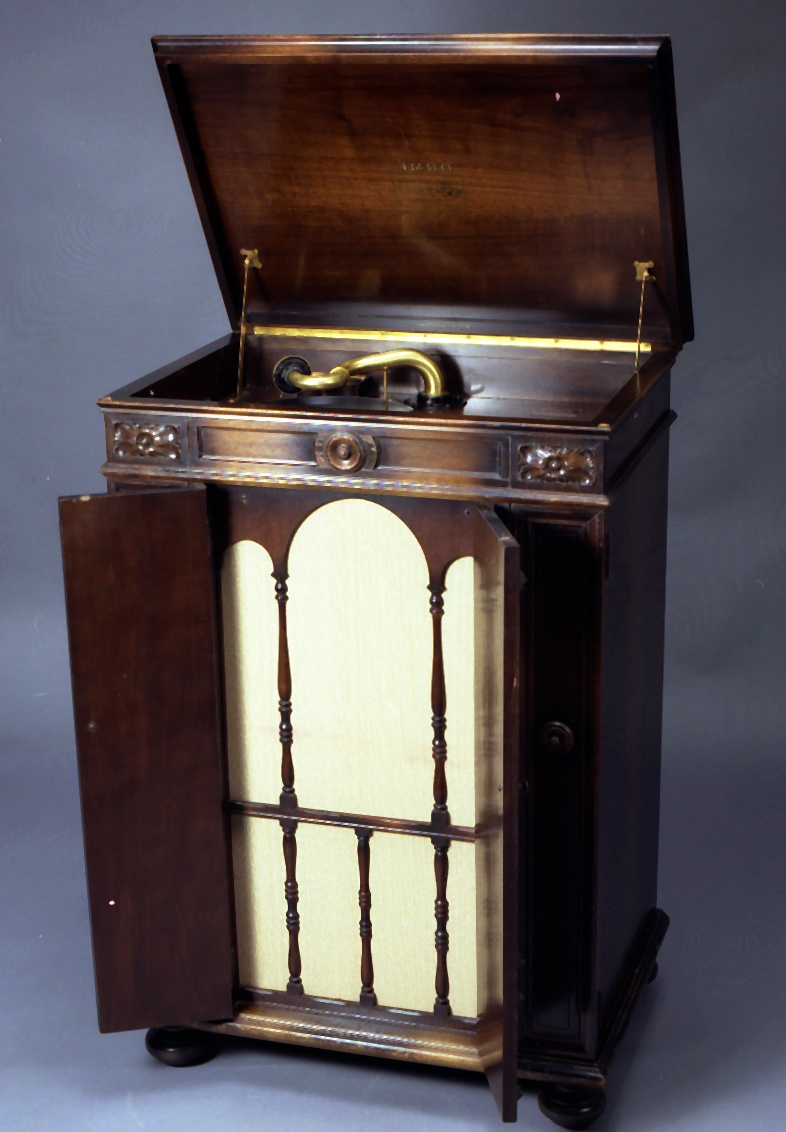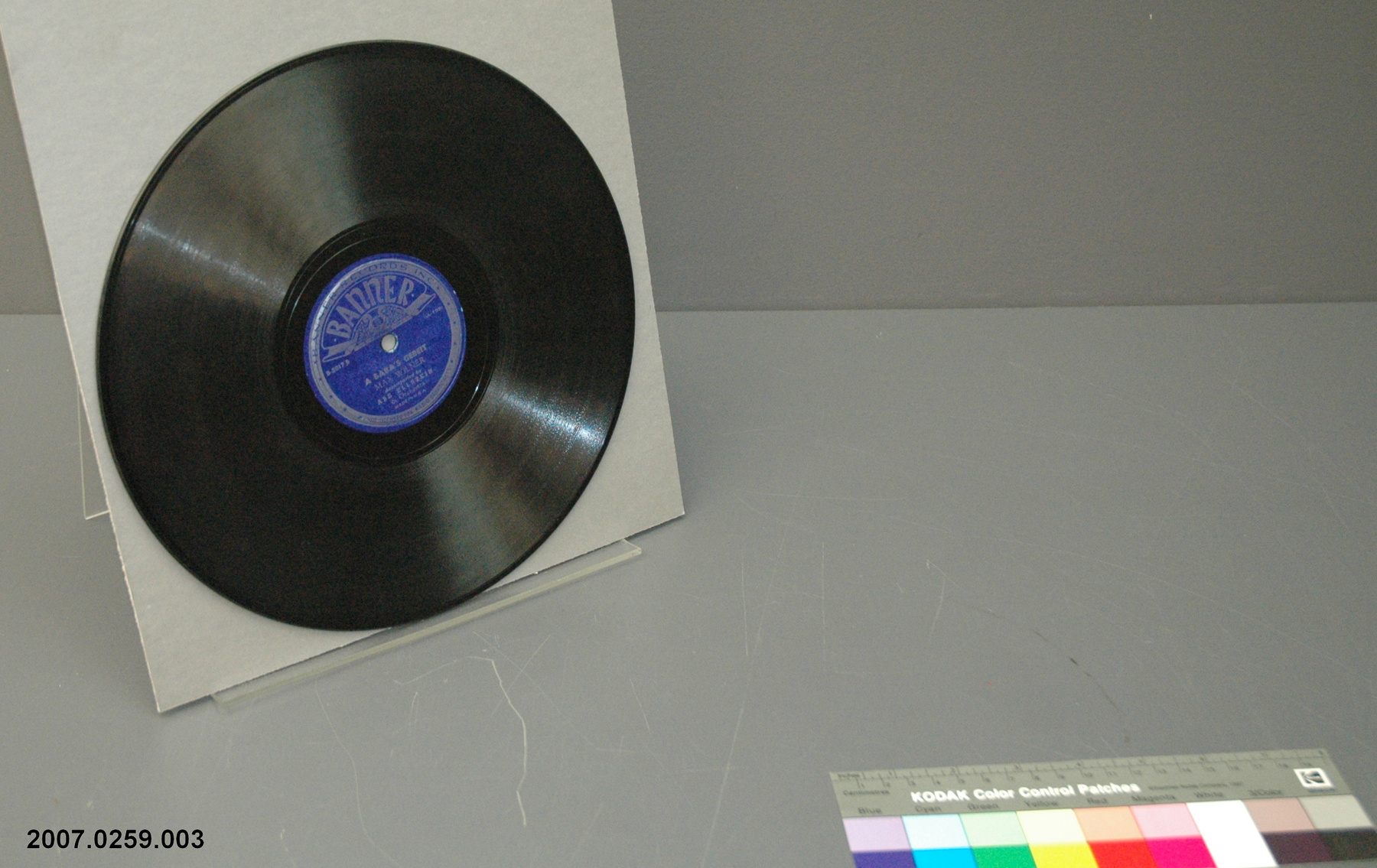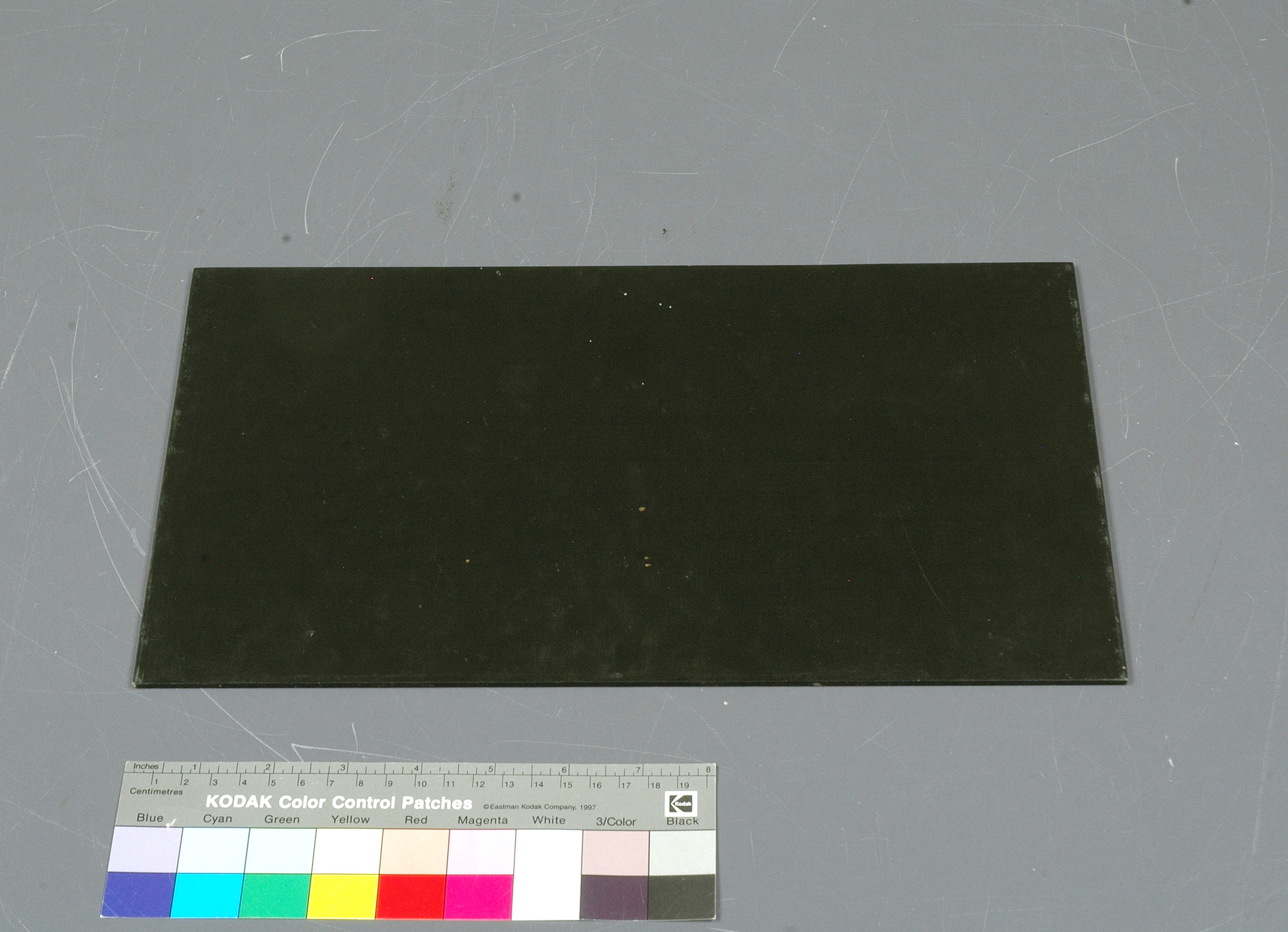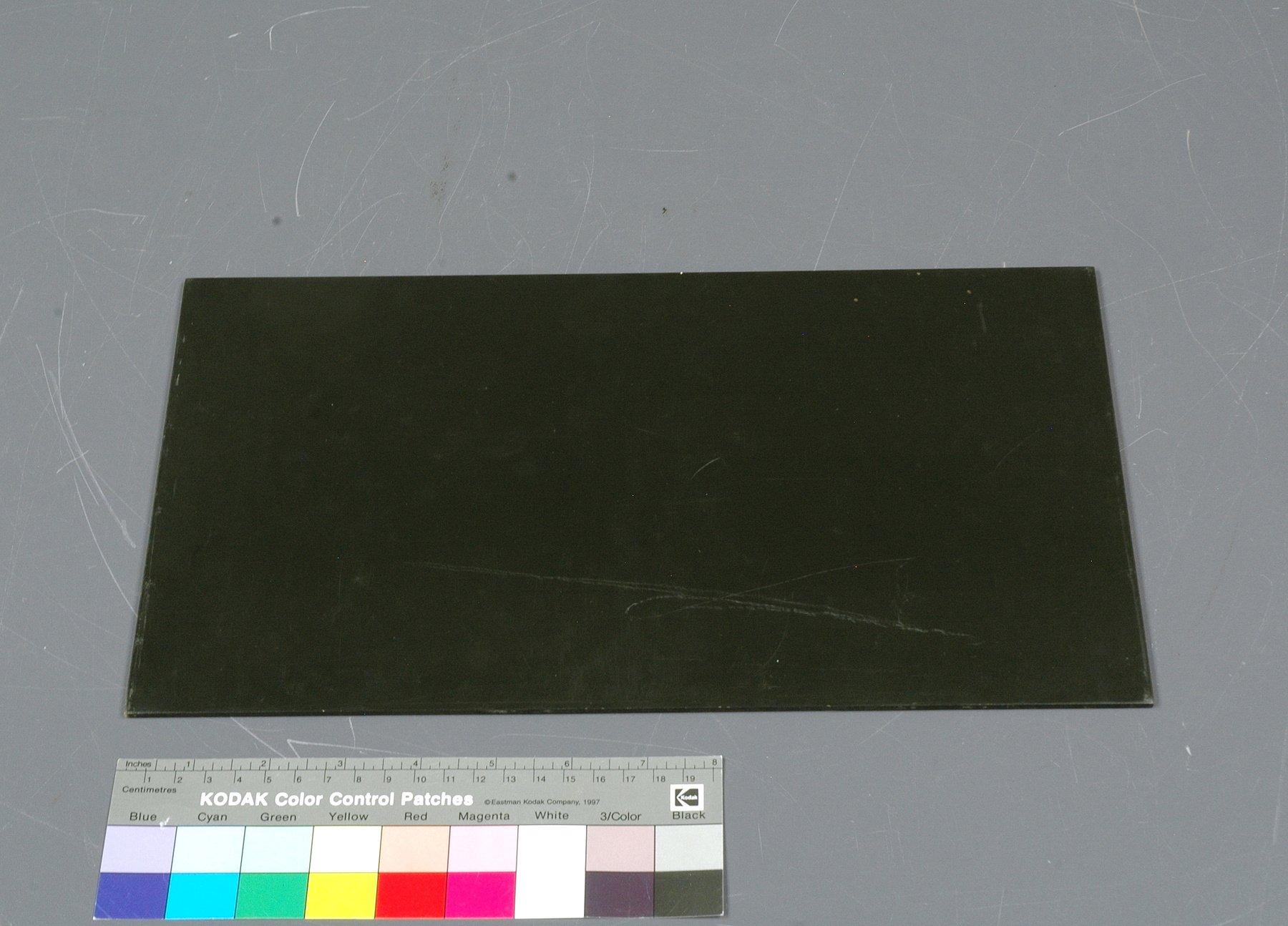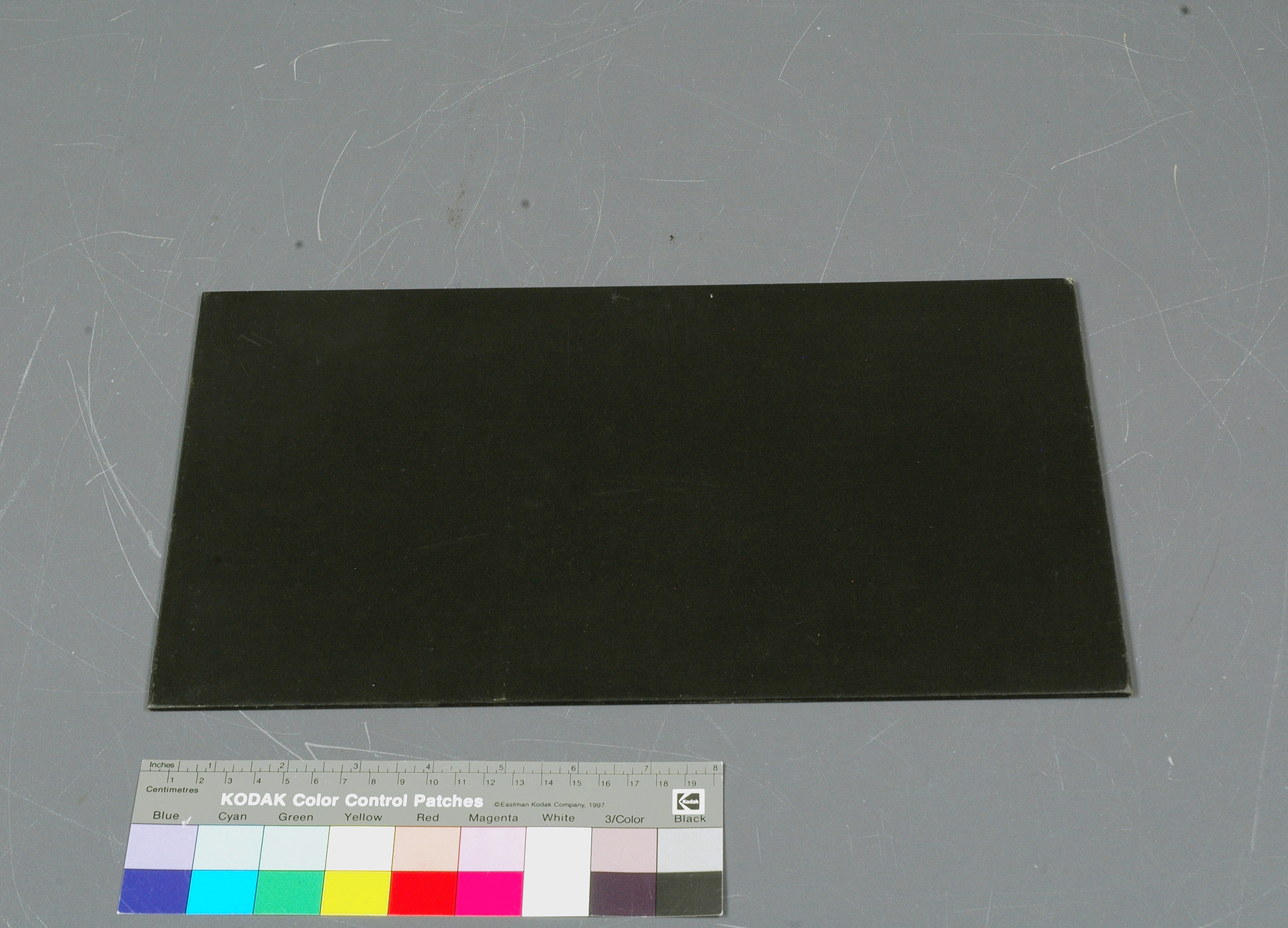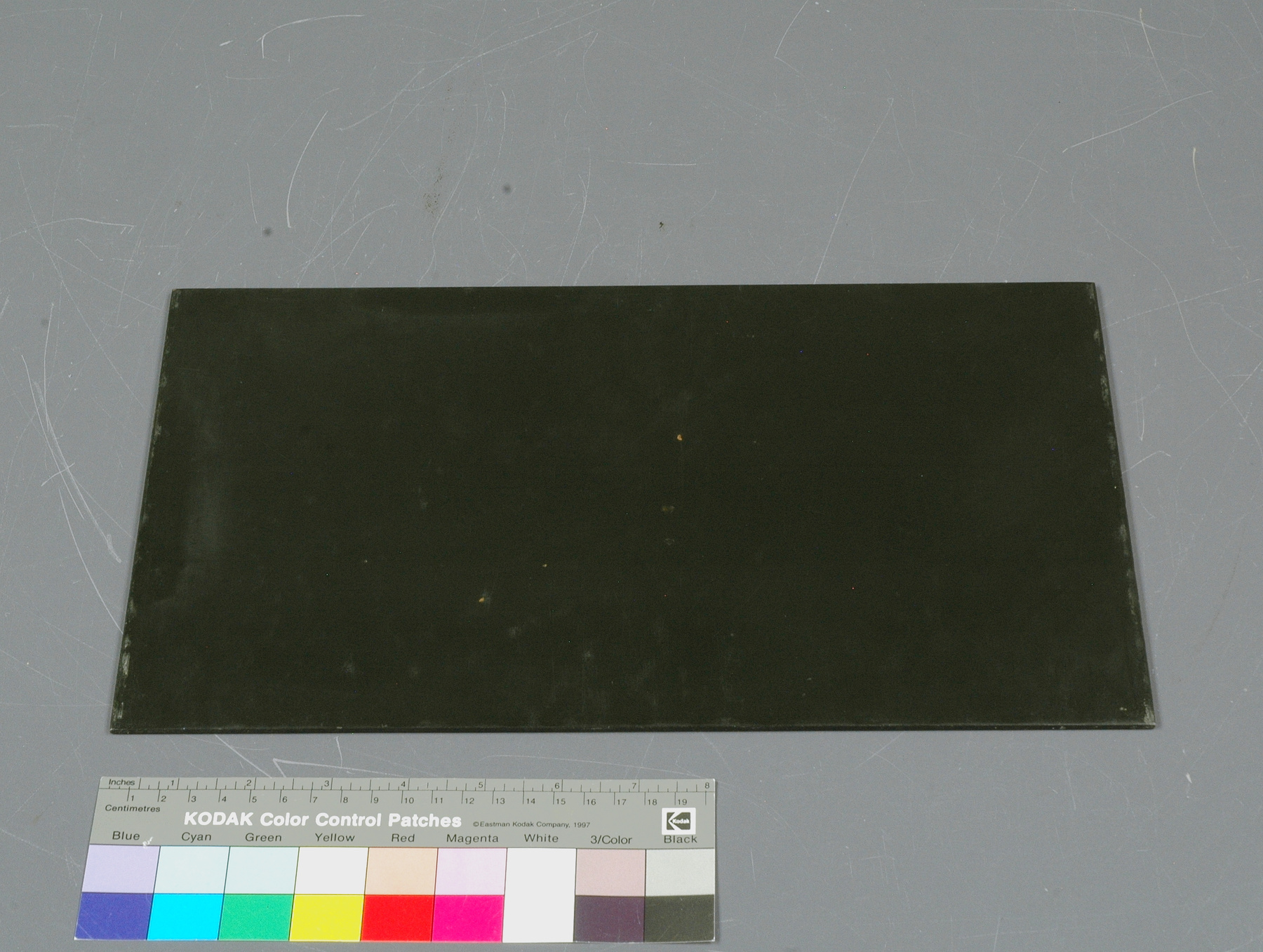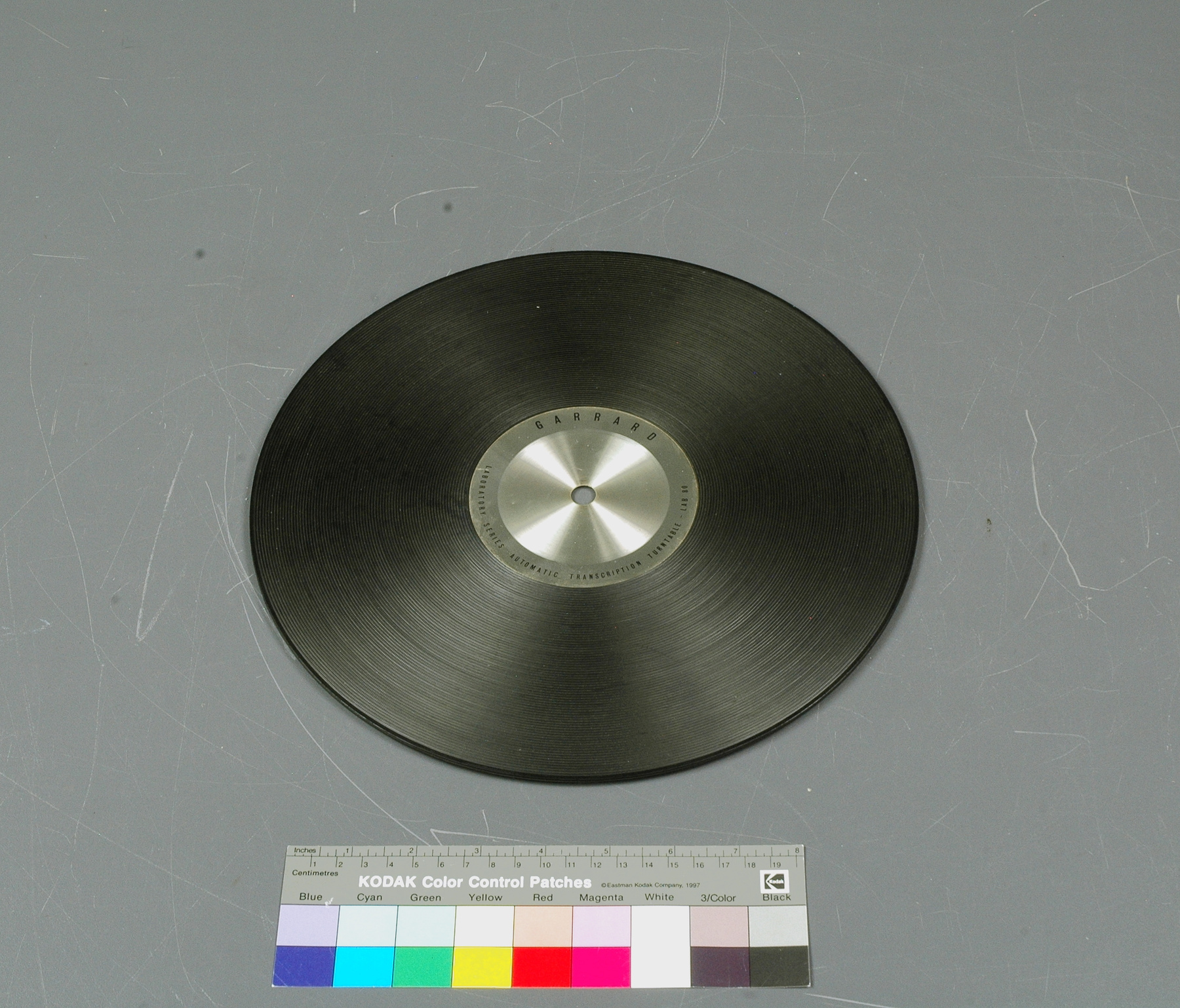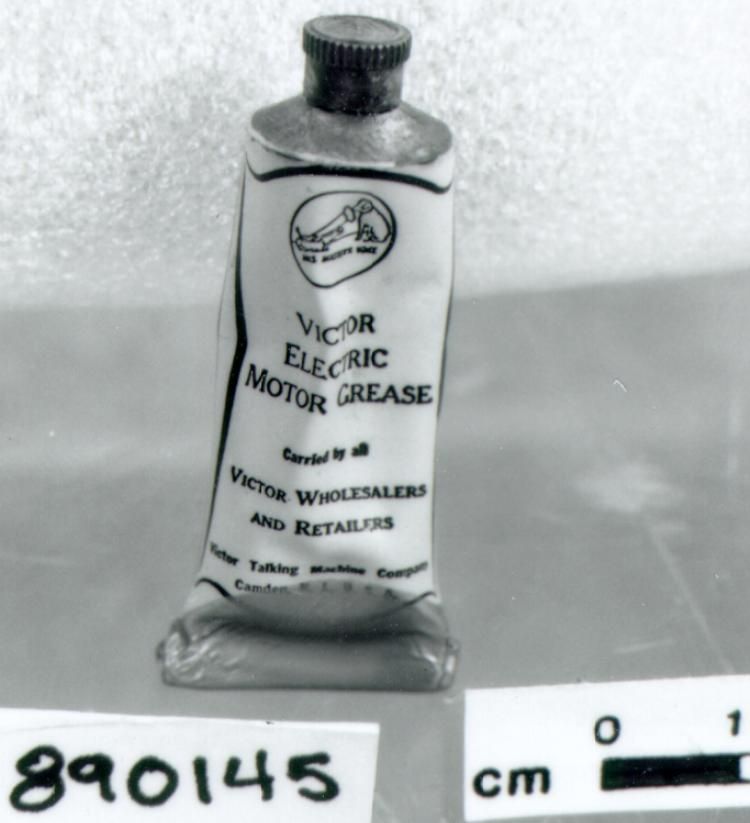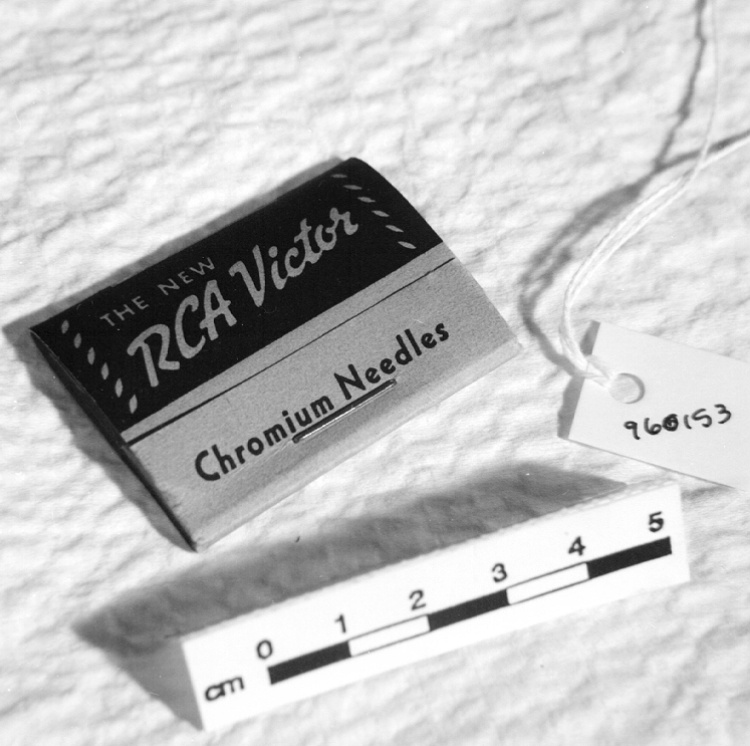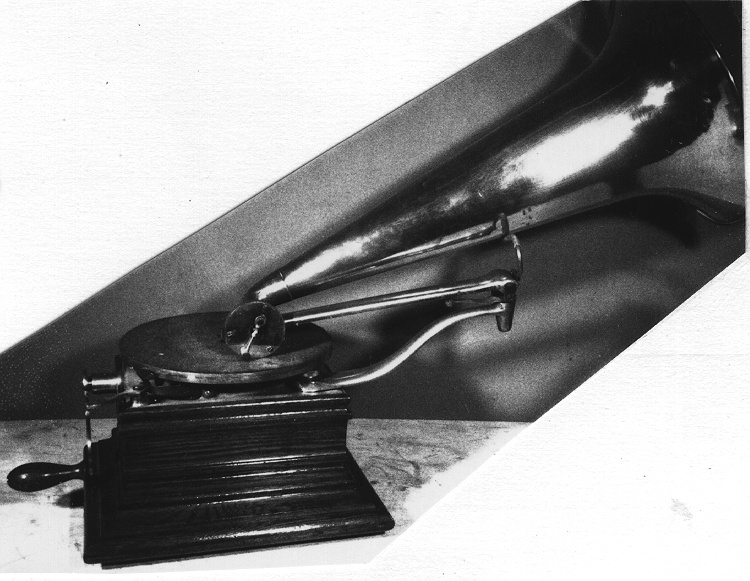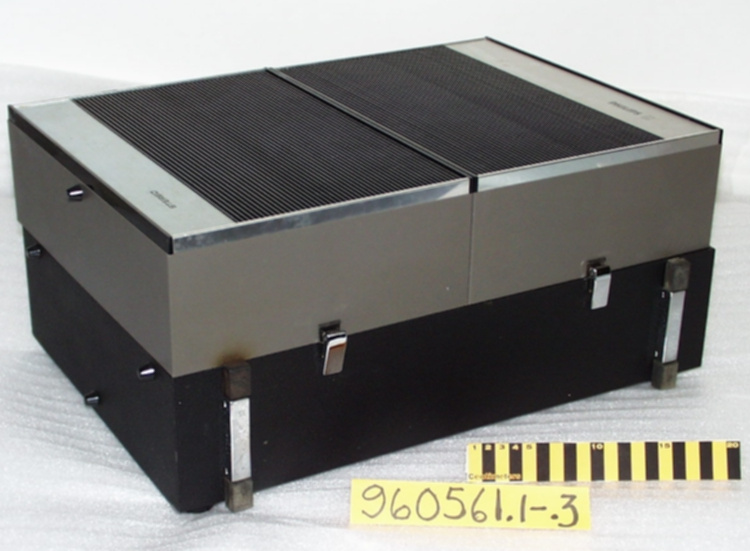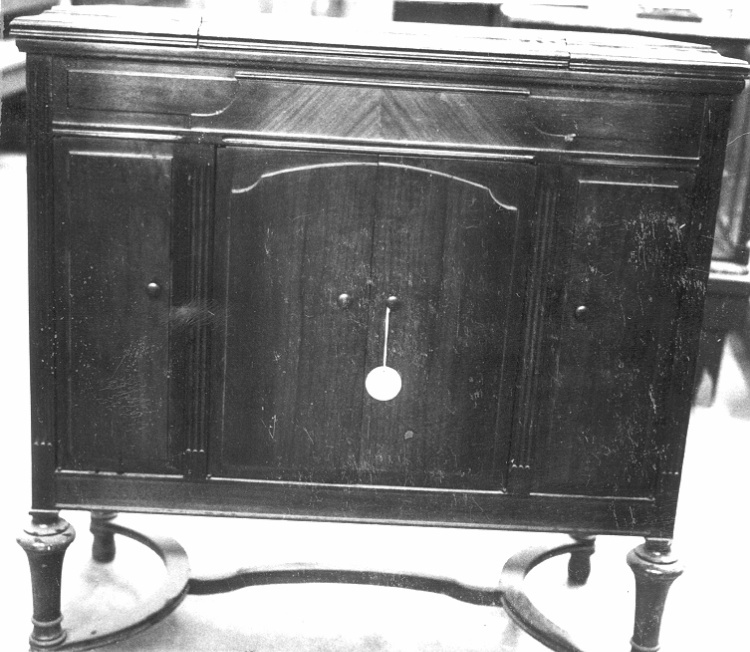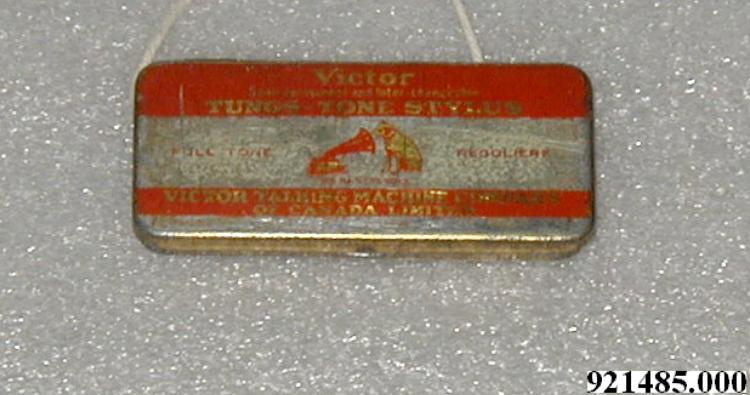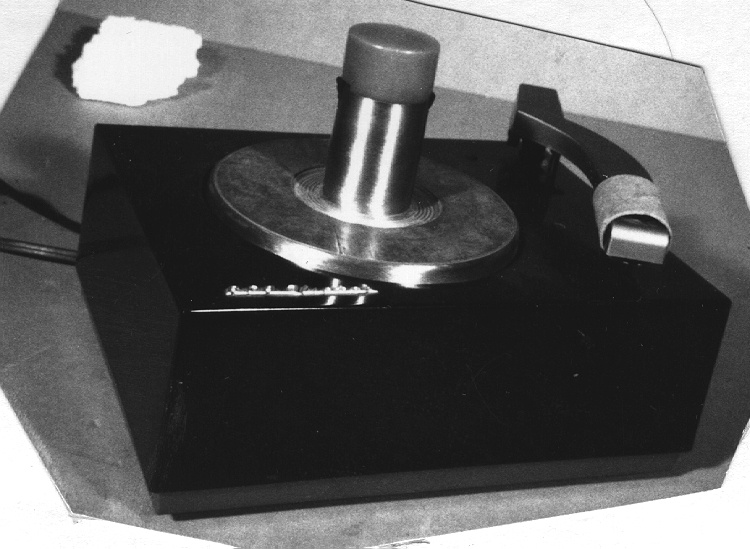Record, disk
Use this image
Can I reuse this image without permission? Yes
Object images on the Ingenium Collection’s portal have the following Creative Commons license:
Copyright Ingenium / CC BY-NC-ND (Attribution-NonCommercial 4.0 International (CC BY-NC 4.0)
ATTRIBUTE THIS IMAGE
Ingenium,
2005.0256.001
Permalink:
Ingenium is releasing this image under the Creative Commons licensing framework, and encourages downloading and reuse for non-commercial purposes. Please acknowledge Ingenium and cite the artifact number.
DOWNLOAD IMAGEPURCHASE THIS IMAGE
This image is free for non-commercial use.
For commercial use, please consult our Reproduction Fees and contact us to purchase the image.
- OBJECT TYPE
- N/A
- DATE
- 1995
- ARTIFACT NUMBER
- 2005.0256.001
- MANUFACTURER
- VANGUARD Recording Society Inc.
- MODEL
- VRS 9121
- LOCATION
- New York, New York, United States of America
More Information
General Information
- Serial #
- N/A
- Part Number
- 1
- Total Parts
- 3
- AKA
- N/A
- Patents
- N/A
- General Description
- Black vinyl record with red adhered paper label around center on both sides
Dimensions
Note: These reflect the general size for storage and are not necessarily representative of the object's true dimensions.
- Length
- N/A
- Width
- N/A
- Height
- N/A
- Thickness
- N/A
- Weight
- N/A
- Diameter
- 30.1 cm
- Volume
- N/A
Lexicon
- Group
- Communications
- Category
- Sound
- Sub-Category
- N/A
Manufacturer
- AKA
- Unknown
- Country
- United States of America
- State/Province
- New York
- City
- New York
Context
- Country
- United States of America
- State/Province
- New York
- Period
- Released circa 1995
- Canada
-
The turning plate of this console stereo displays three words: Stereo, Orthophonic and High Fidelity. These words encapsulate the related themes of high fidelity and stereo sound reproduction that are identified in "Sound Recording in Canada: An Historical Assessment." The oldest term, 'orthophonic", was coined by Victor Talking Machine in the 1920s for its high-end line of phonographs designed to play its new electrical recordings. "High fidelity" came into use in the 1930s to describe sound reproductionwith superior noise performance and frequencyresponse. It emerged as a popular term after the Second World War, when consumption of high quality audio equipment assumed a significant degree of social prestige, which expanded the market both for the equipment and the necessary recordings. Initially limited to the wealthy or the technically adept, by the mid-1950s this trend began to spread to the middle class. The third term "stereo", referes to the spatial illusion of directional sound achieved by recording and playing back two audio channels. The introduction of the first industry standard for "stereophonic" LP disks in 1958 provided a new impetus to sales of consumer electronics. Prior to that year stereophonic sound recordings were only available for purchase on reel-to-reel tape, a medium that appealed to some audiophiles but was never accepted by most mainstream record buyers. As television sales levelled off after the opening of stations in most major Canadian cities by 1955, domestic consumer electronics manufacturers increasingly turned to "Hi-Fi" production to maintain their home entertainment sales. Although the SHC463 does provide a jack where the owner may connect a tape recorder, this model was clearly built with the assumption that the purchaser would be primarily using it for passive listening, either of records or the radio, rather than for creating his or her own recordings. Through until the end of the 1960s, Canadian makers like RCA Victor and Dominion Electrohome produced thousands of integrated stereo radio-phonographs housed in large consoles designed to conform to the decor of middle class living rooms. Late 1960s, fashions shifted to functional-looking component systems, often packaged by retailers from a variety of offshore manufacturers. RCA Victor Co. Ltd. was for many years one of Canada's oldest and most important manufacturers of home entertainment equipment. It was established by Emile Berliner, inventor of the gramophone, in Montreal in 1899. In 1929 the company, by then known as Victor Talking Machine Co. of Canada, was included in the takeover of its parent company by the Radio Corporation of America (RCA). Subsequently the Canadian subsidiary was known as RCA Victor Co. Ltd. It continued to manufacture products at its Montreal plant in St. Henri until the early 1970s. Like most Canadian consumer electronics manufacturers, RCA Victor was driven from the mass market by the wave of inexpensive components imported from Japan in the 1970s. This stereo was purchased in Montreal around 1958 by Mr. Mrs. Meyer (Mac) Cohen. It was located in their apartment of more than thirty years, 10-2865 Darlington Place, Côte-des-Neiges until 2002. Subsequently, Mrs. Cohen, widowed since 1990, moved to Ottawa and the stereo was relocated to the basement of her granddaughter, Valerie Angus - Function
-
Analog sound storagre in the form of a flat disc with an inscribed, modulated spiral groove. Used to record music for playback - Technical
-
Frequency Modulation had been promoted for transmissions that provided better sound quality than Amplitude Modulation. FM signals featured less noise , distortion and interference. They also had a wider bandwidth, which permitted stations to transmit a broader band of audio frequencies and eventually to broadcast in stereo, rather than mono, which was the standard for AM. The turntable of the SHC463, meanwhile, offers four playback speeds, an artifact of the confused situation for disk recordings, where, since the 1948, the old 78 rpm disks had been joined by 45 rpm singles, 33.3 rpm long playing (LP) disks and 16rpm disks for "talking books." The LP in particular had quickly become the preferred disk medium for lovers of classical, operatic and other orchestral music. Finally, the SHC463 has a jack enabling the owner to connect a magnetic tape recorder or tape deck, a technology that had been available on the North American consumer market since 1947 and had achieved some popularity with audiophiles - Area Notes
-
Unknown
Details
- Markings
- Printed on side 1 label reads "VANGUARD/ RECORDINGS FOR THE CONNOISSEUR/ JAN PEERCE/ sings/ CANTORIAL MASTERPIECES/ with chorus and orchestra conducted by Abraham Ellstein/ VRS-9121-A Side One/ Vanguard Quality Control/ 1. VLI YERUSHOLAYIM IRCHO 3:11/ 2. OVINU MALKEINU 3:35/ 3. SHMA YISROEL 5:10/ 4. RETSEI 4:38/ 5. SHEYEBONEI 6:41/ Recorded in U.S.A./ Copyright VRSI/ MFD BY VANGUARD RECORDING SOCIETY, INC.. N.Y. UNAUTHORIZED PUBLIC PERFORMANCE, BROADCASTING OR COPYING PROHIBITED"/ Below label engraved reads "VRS 9121A 355"/ Printed on side 2 label reads "VANGUARD/ RECORDINGS FOR THE CONNOISSEUR/ JAN PEERCE/ sings/ CANTORIAL MASTERPIECES/ with chorus and orchestra conducted by Abraham Ellstein/ VRS-9121-B Side Two/ Vanguard Quality/ 1. HAVDOLAH 4:58/ 2. AD ANA ADOSHEM 4:47/ 3. RACHEL MEVAKOH 4:33/ 4. YISMECHU 3:35/ 5. ADOSHEM ADOSHEM 4:27/ Recorded in U.S.A./ Copyright VRSI/ MFD BY VANGUARDRECORDING SOCIETY, INC.. N.Y. UNAUTHORIZED PUBLIC PERFORMANCE BROADCASTING OR COPYING PROHIBITED"/ Left side of label, engraved reads "VRS 9121 B 25"
- Missing
- Appears complete
- Finish
- Black record with a red label and white print on both sides of record
- Decoration
- Red label on record shows the silhouette of a rider on a horse mid trot holding a flagpole with a flag, this is the company's logo
CITE THIS OBJECT
If you choose to share our information about this collection object, please cite:
VANGUARD Recording Society Inc., Record, disk, circa 1995, Artifact no. 2005.0256, Ingenium – Canada’s Museums of Science and Innovation, http://collection.ingeniumcanada.org/en/item/2005.0256.001/
FEEDBACK
Submit a question or comment about this artifact.
More Like This







